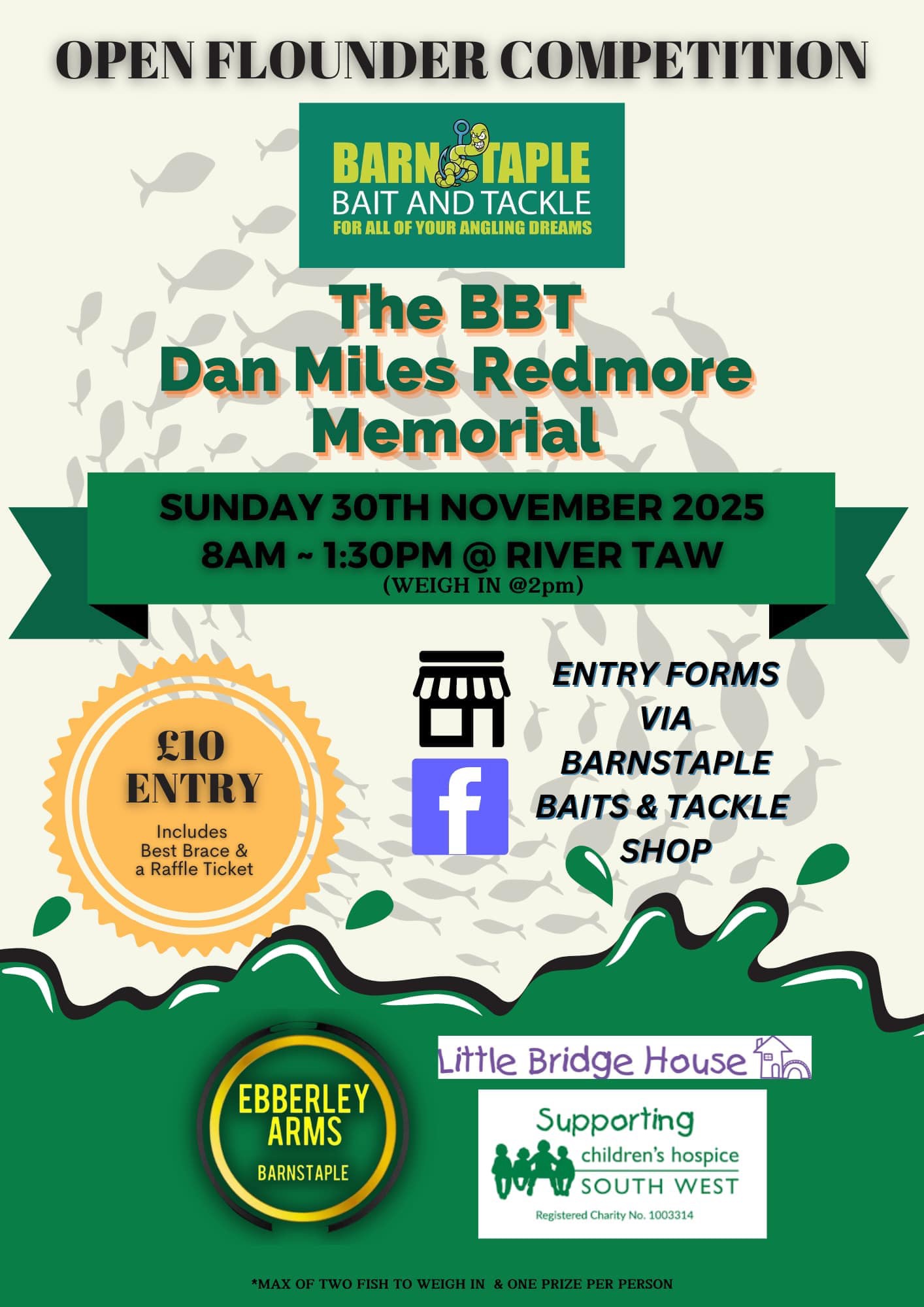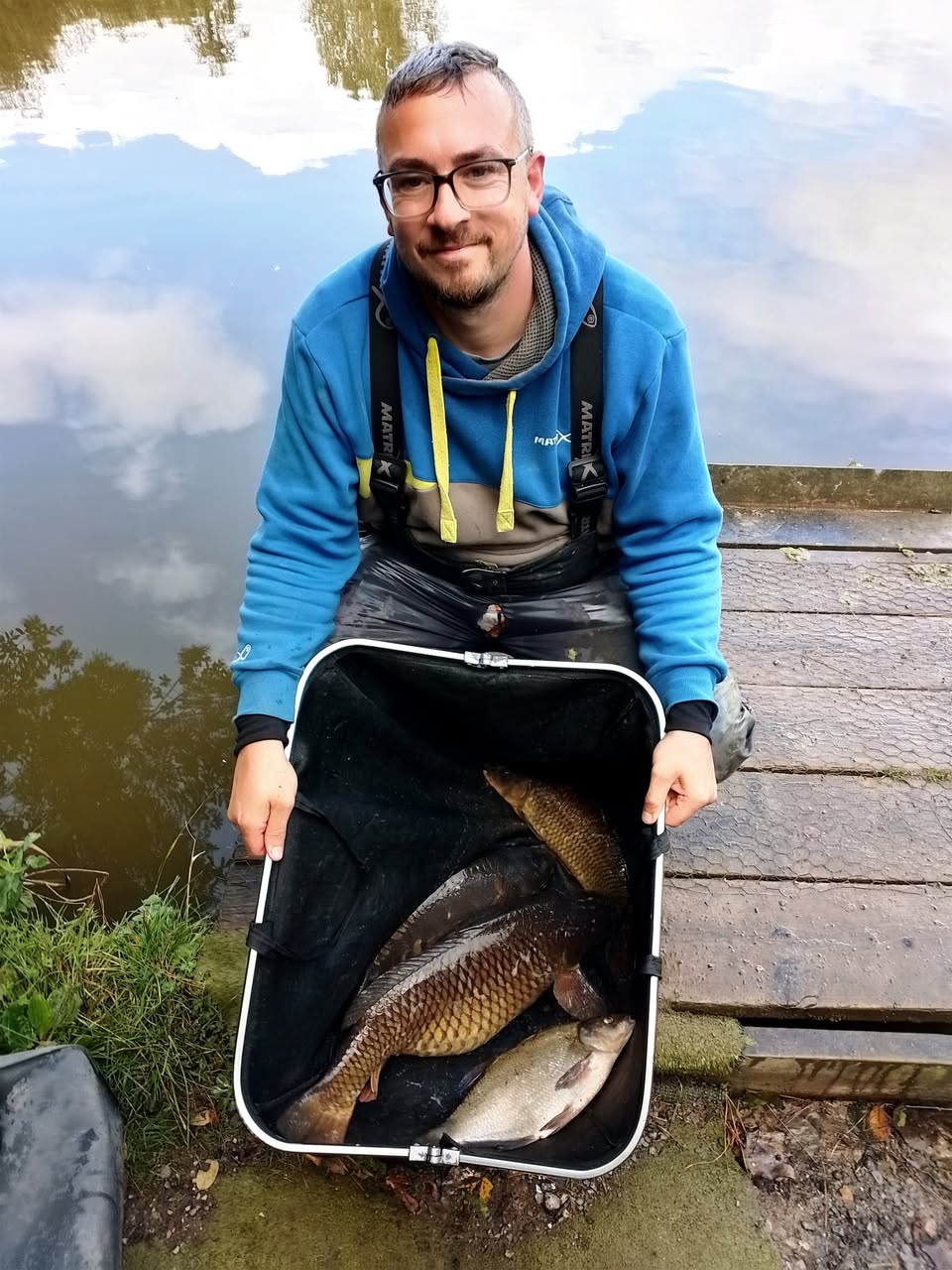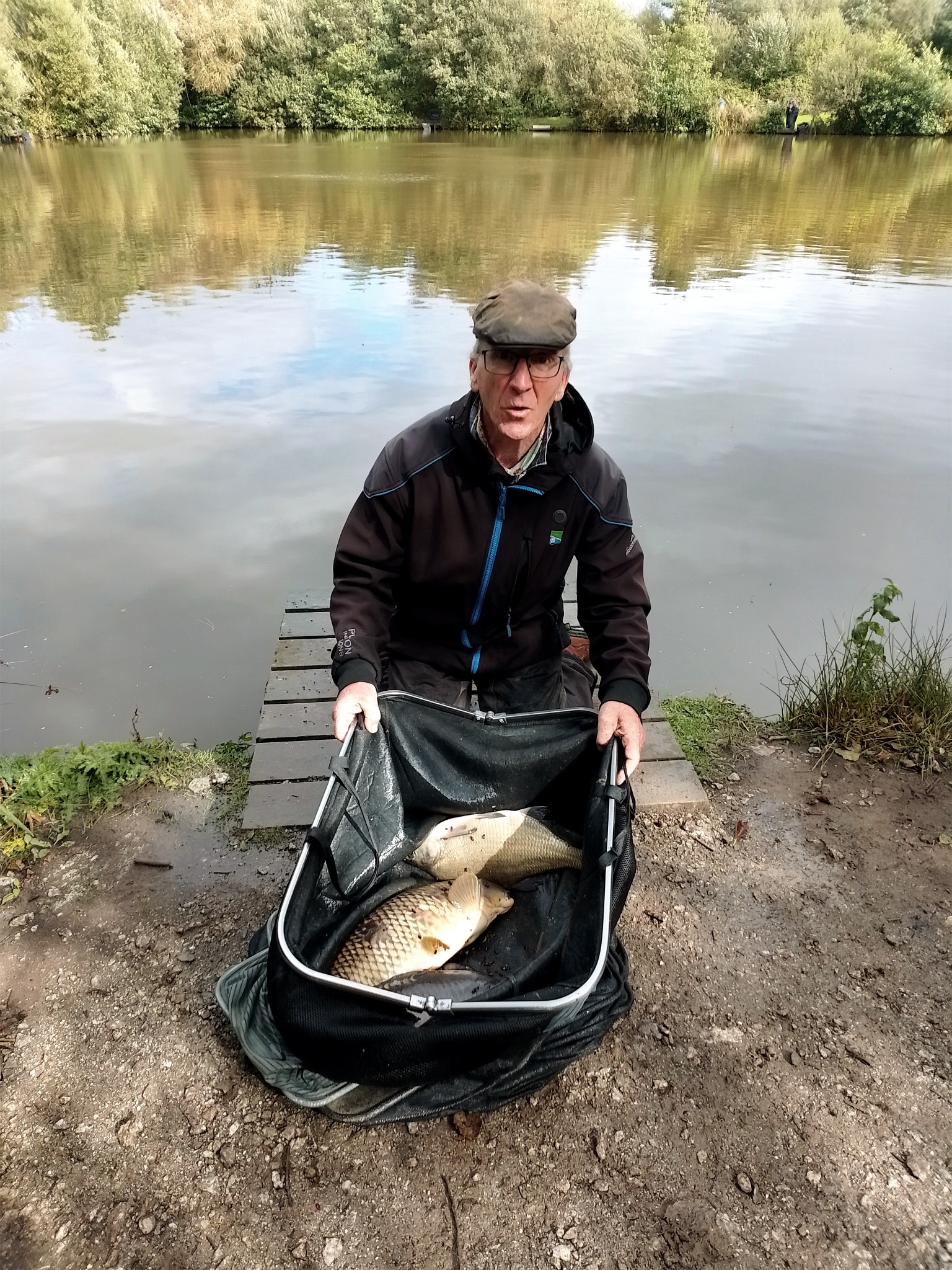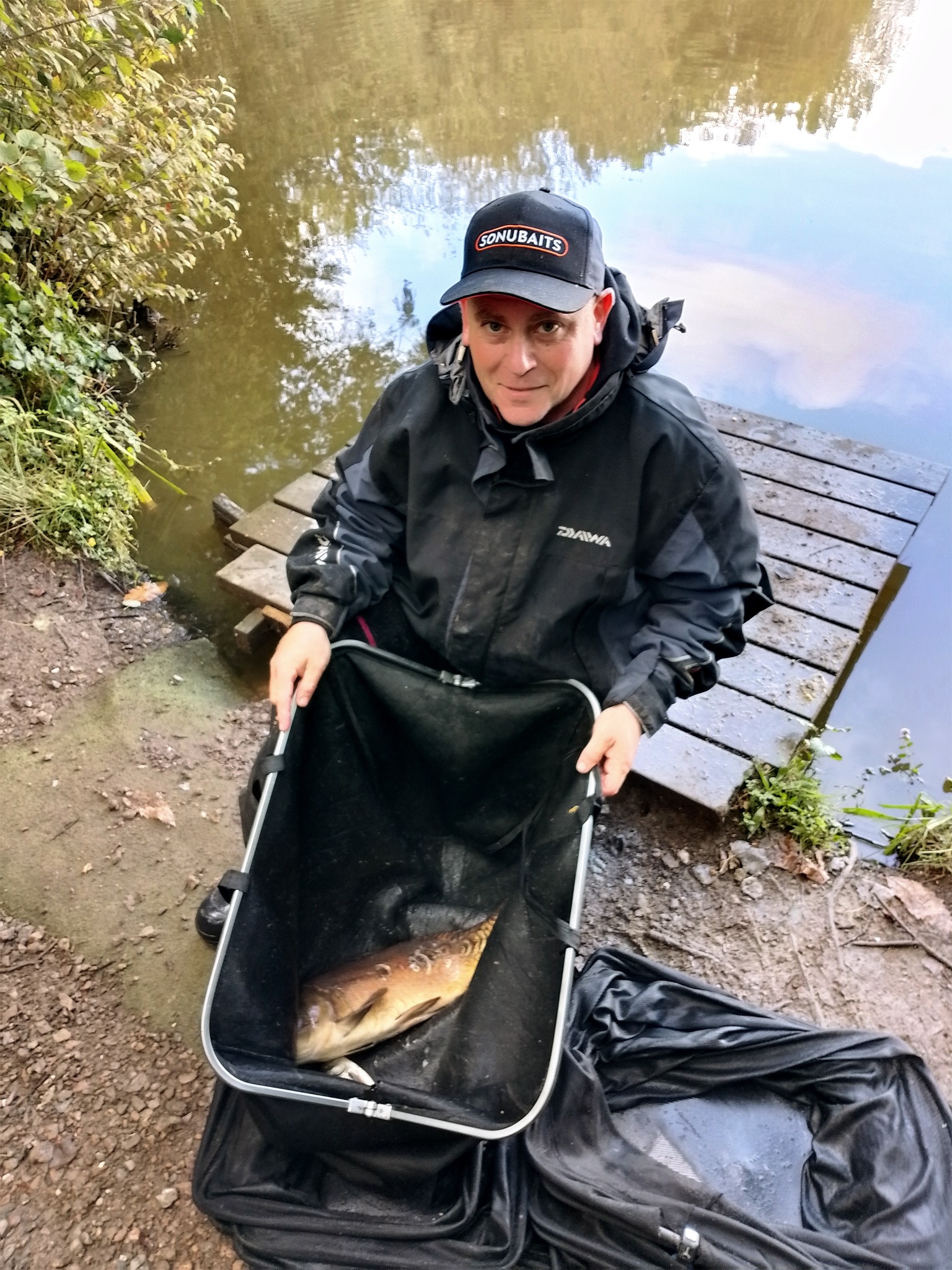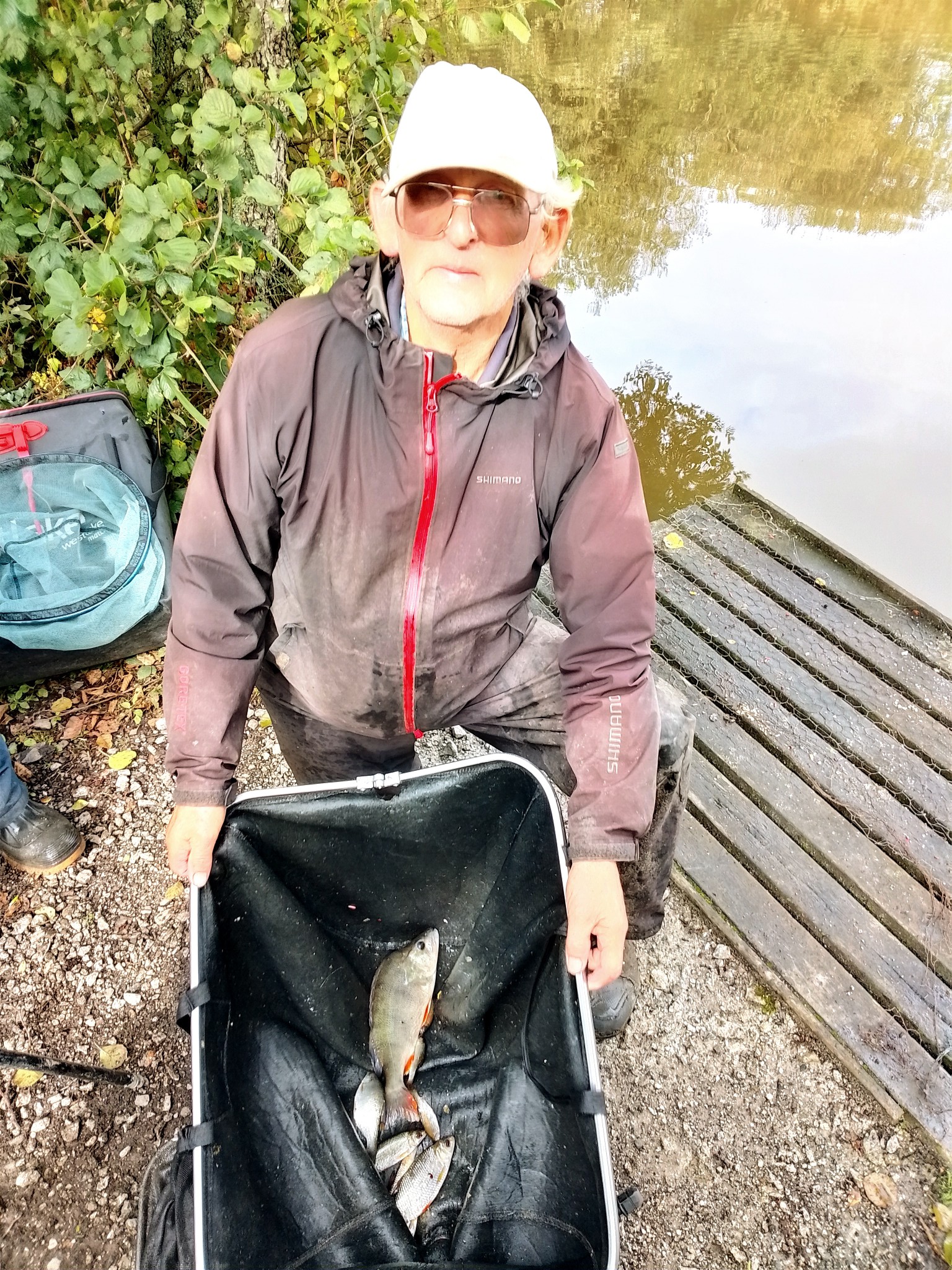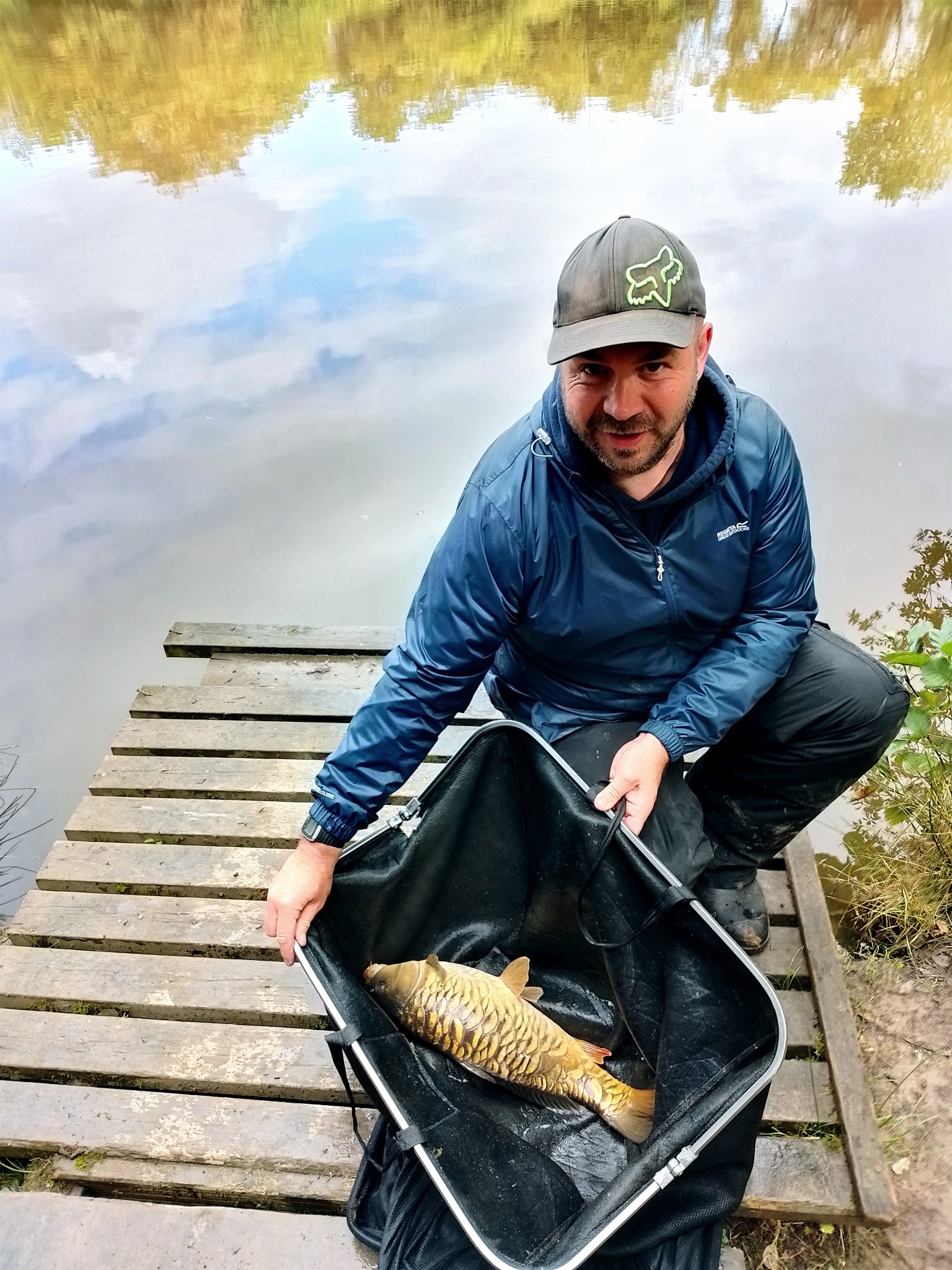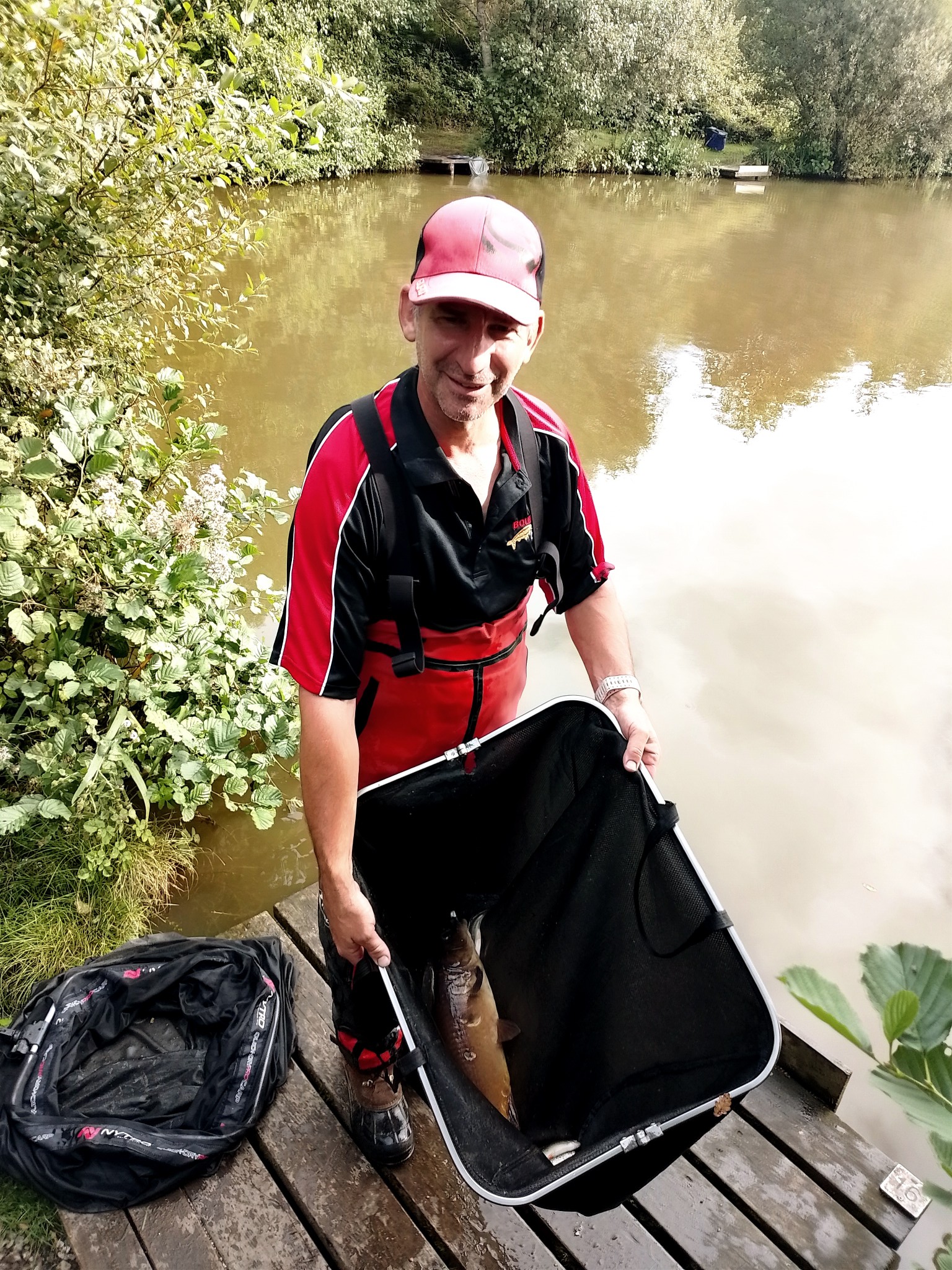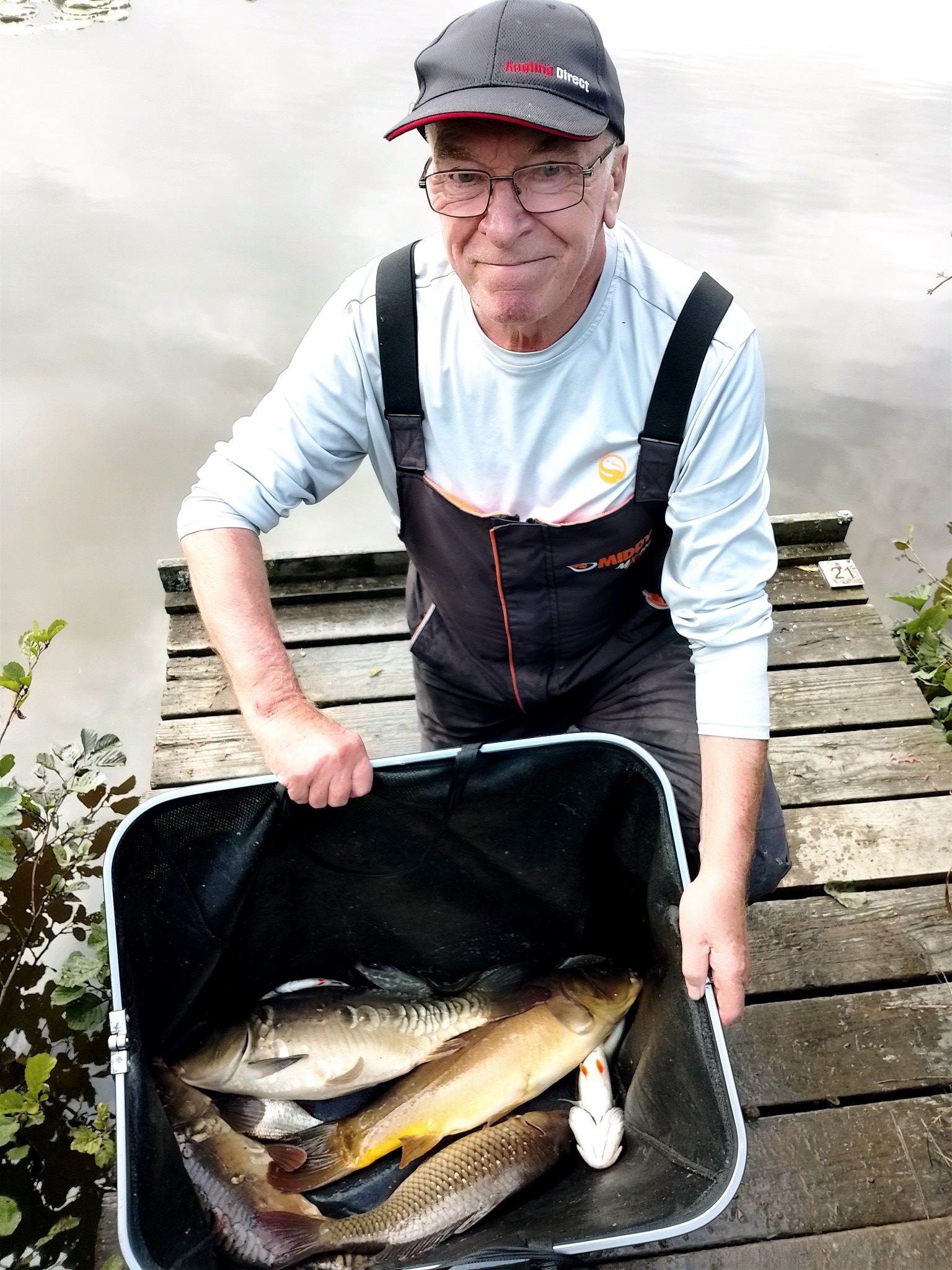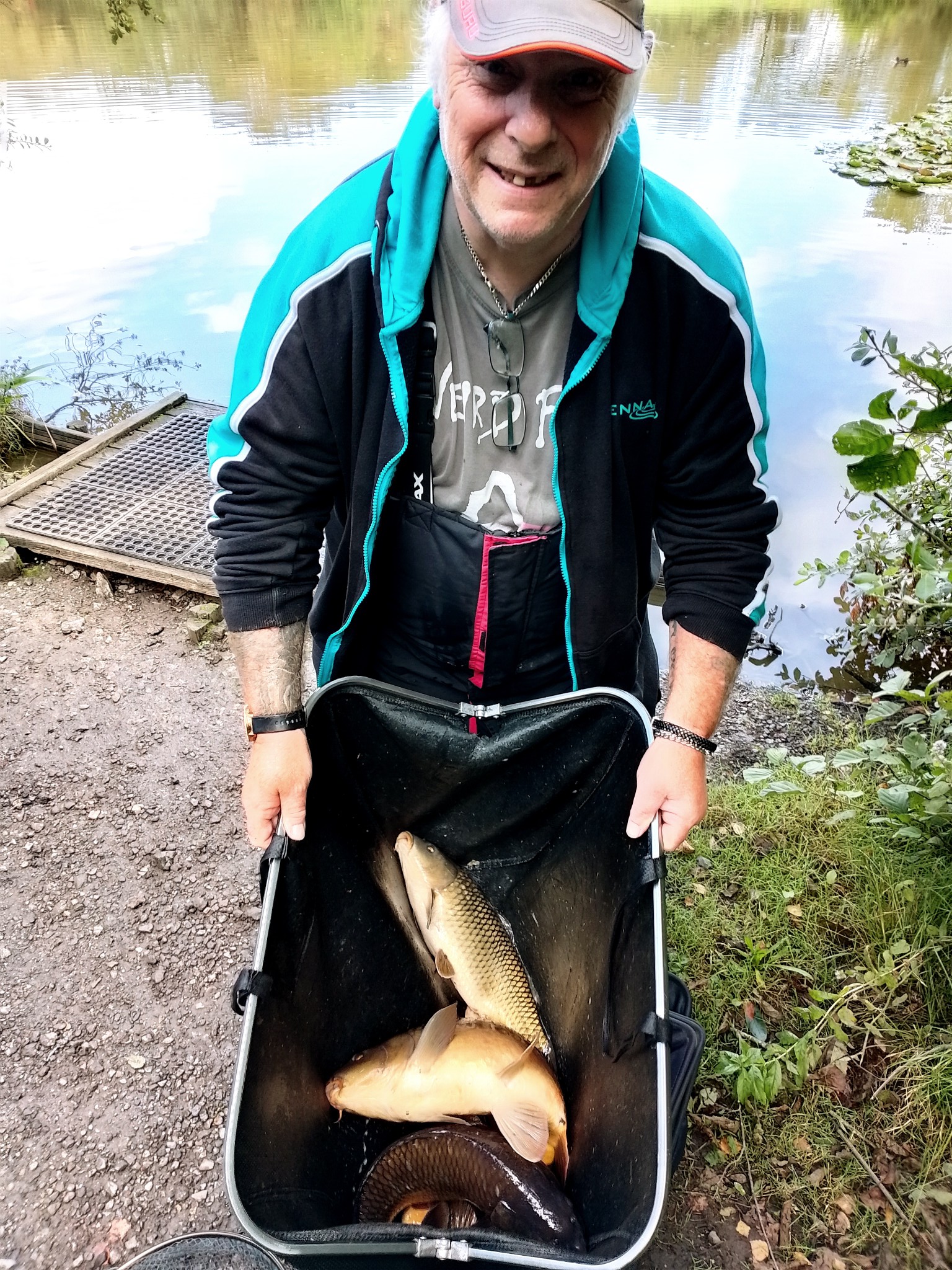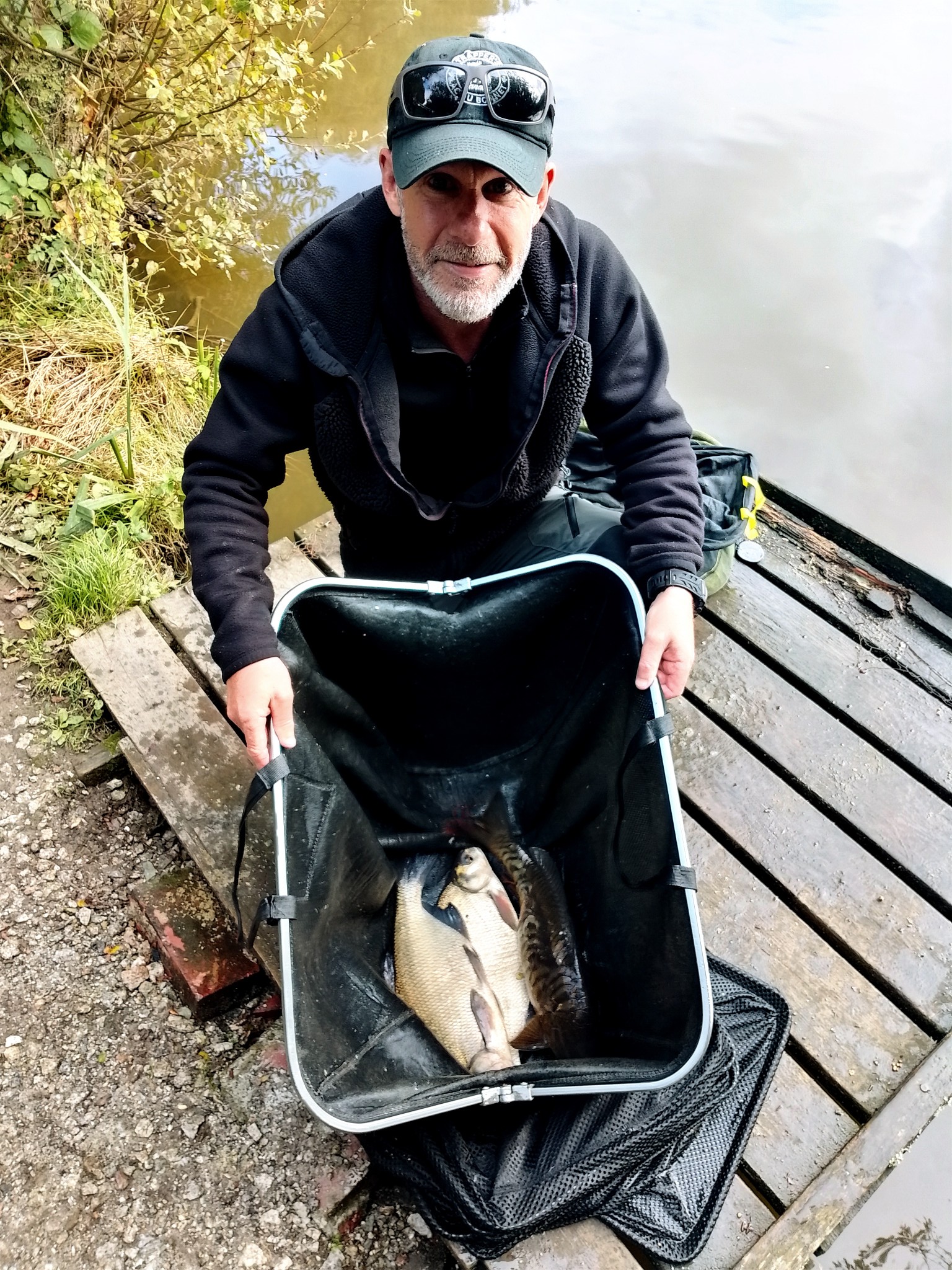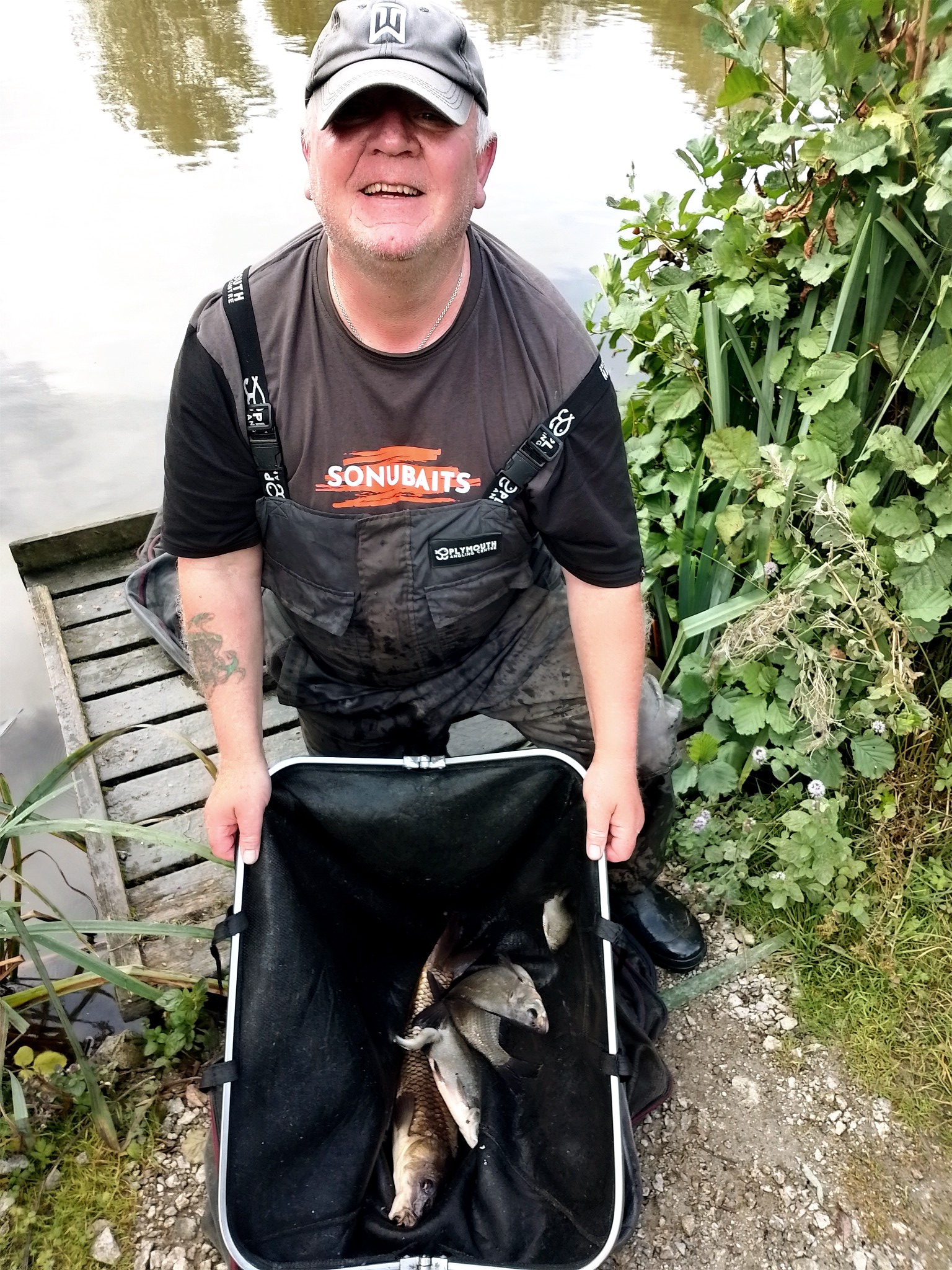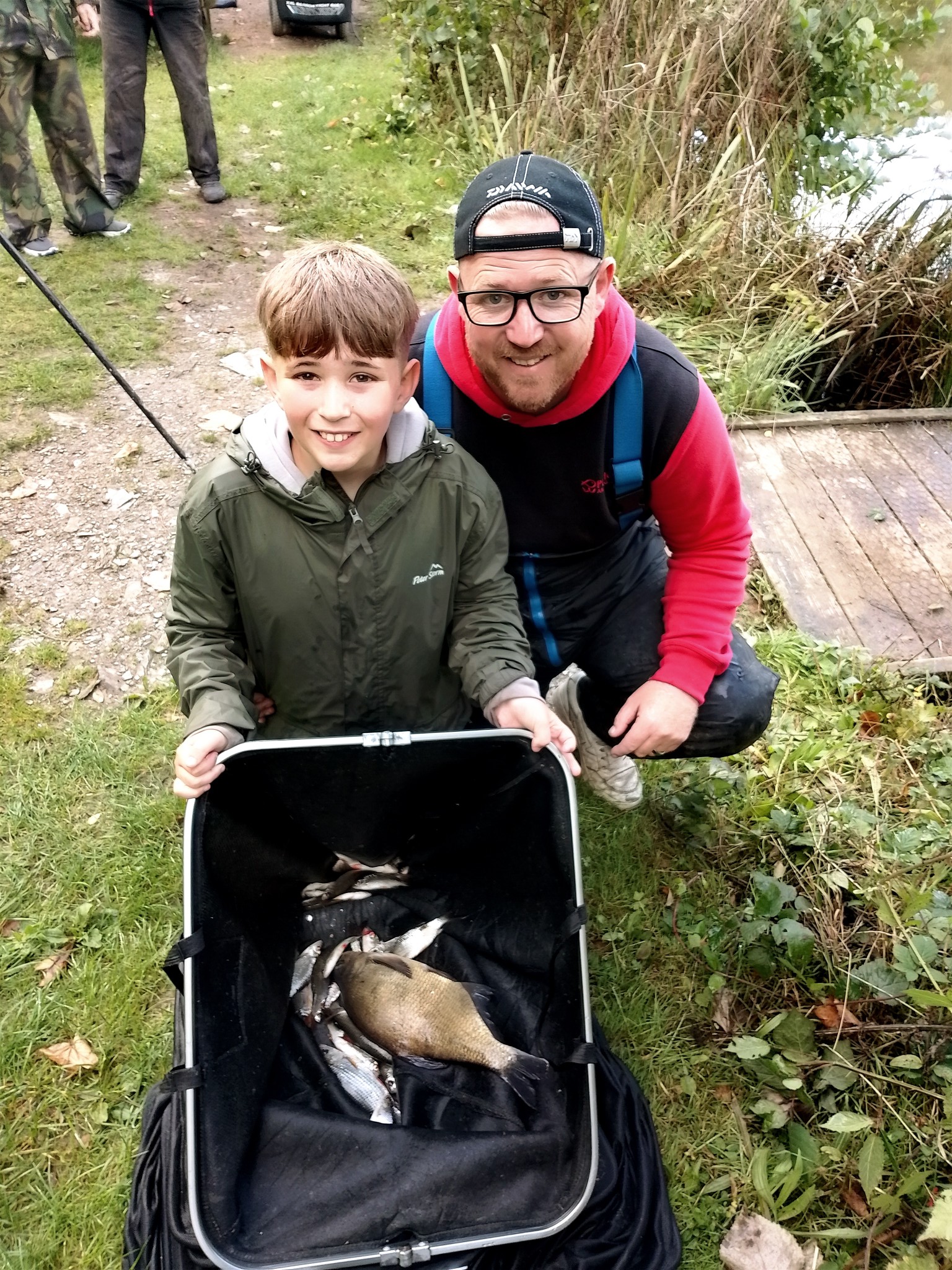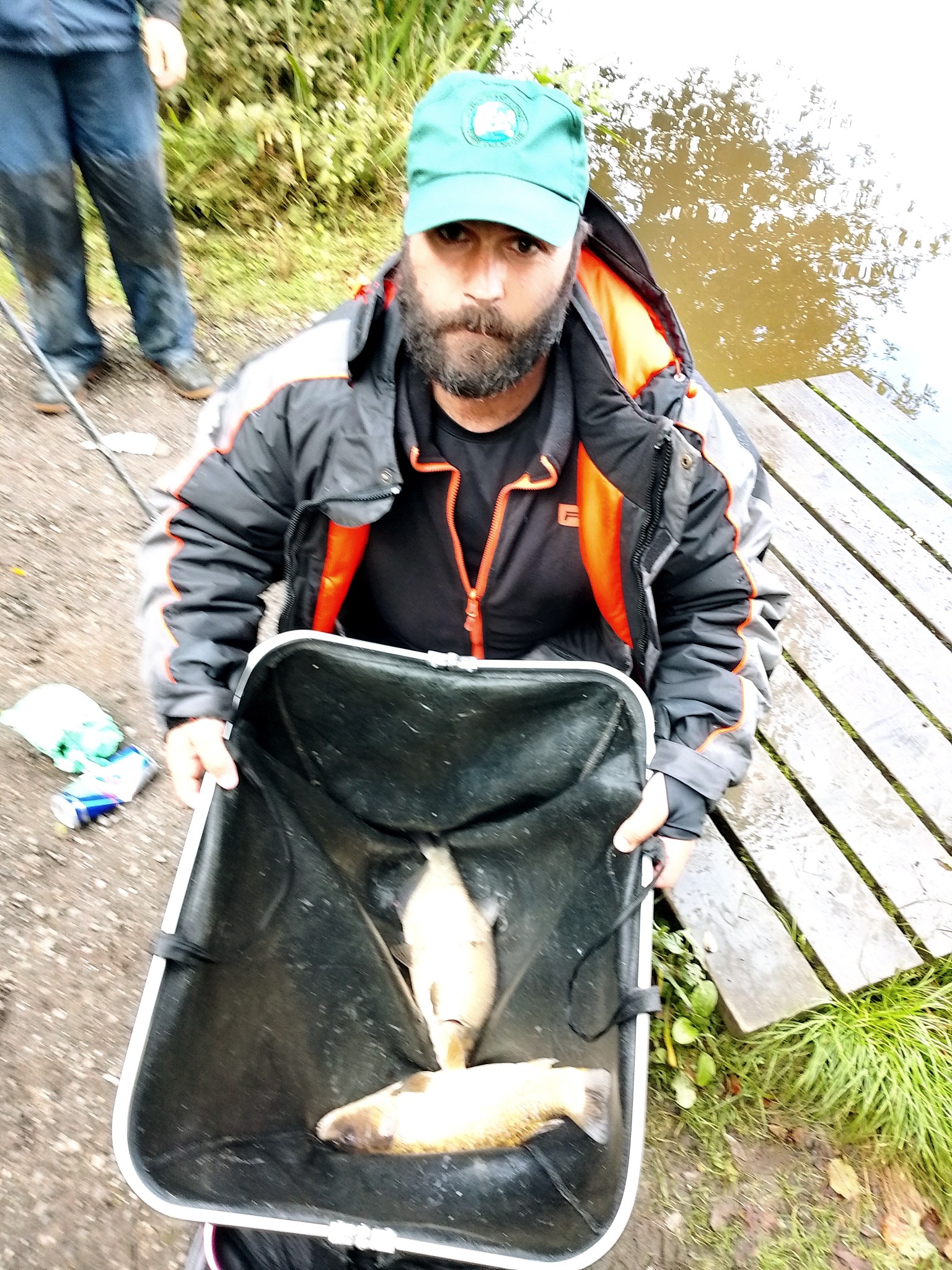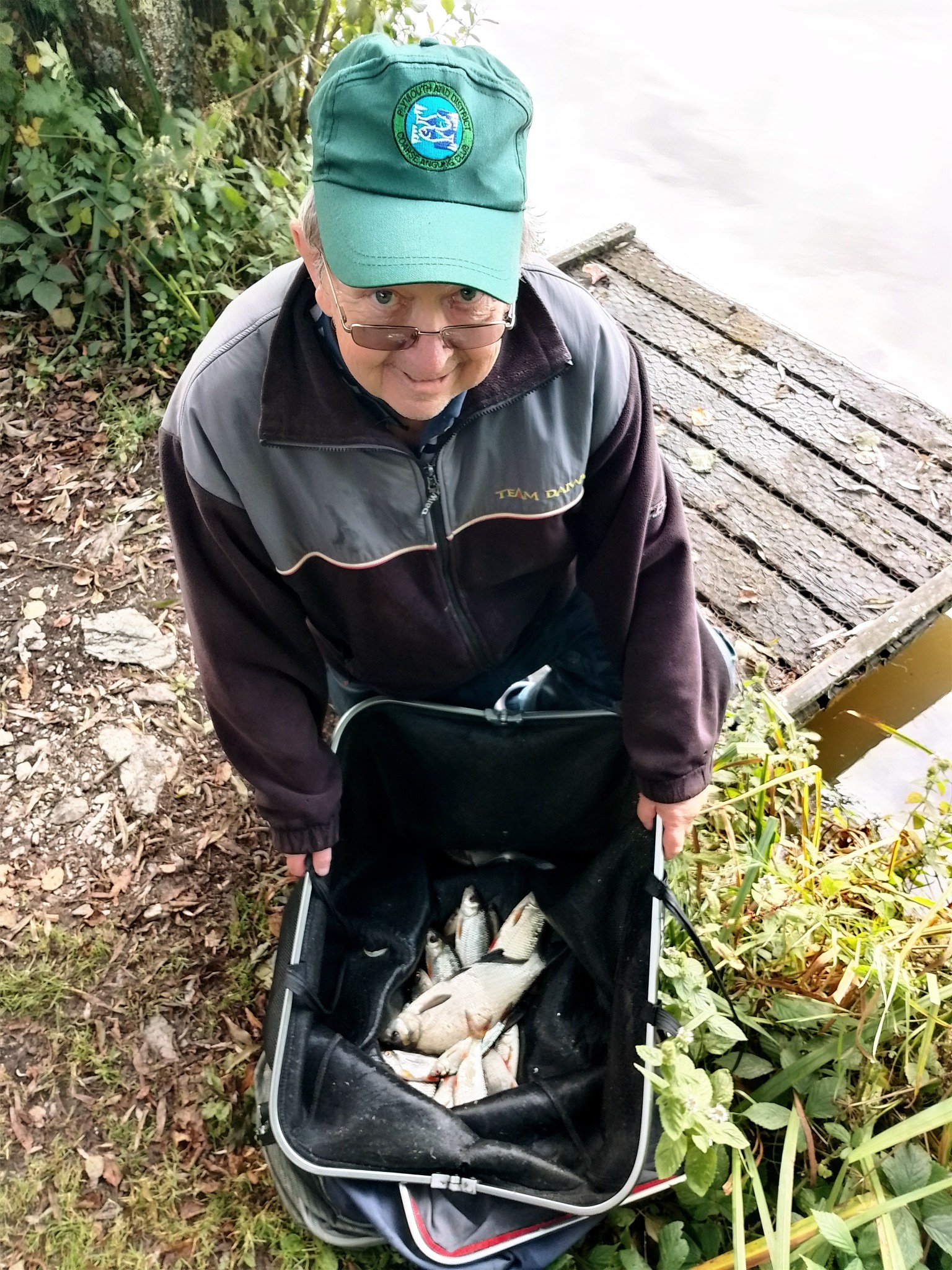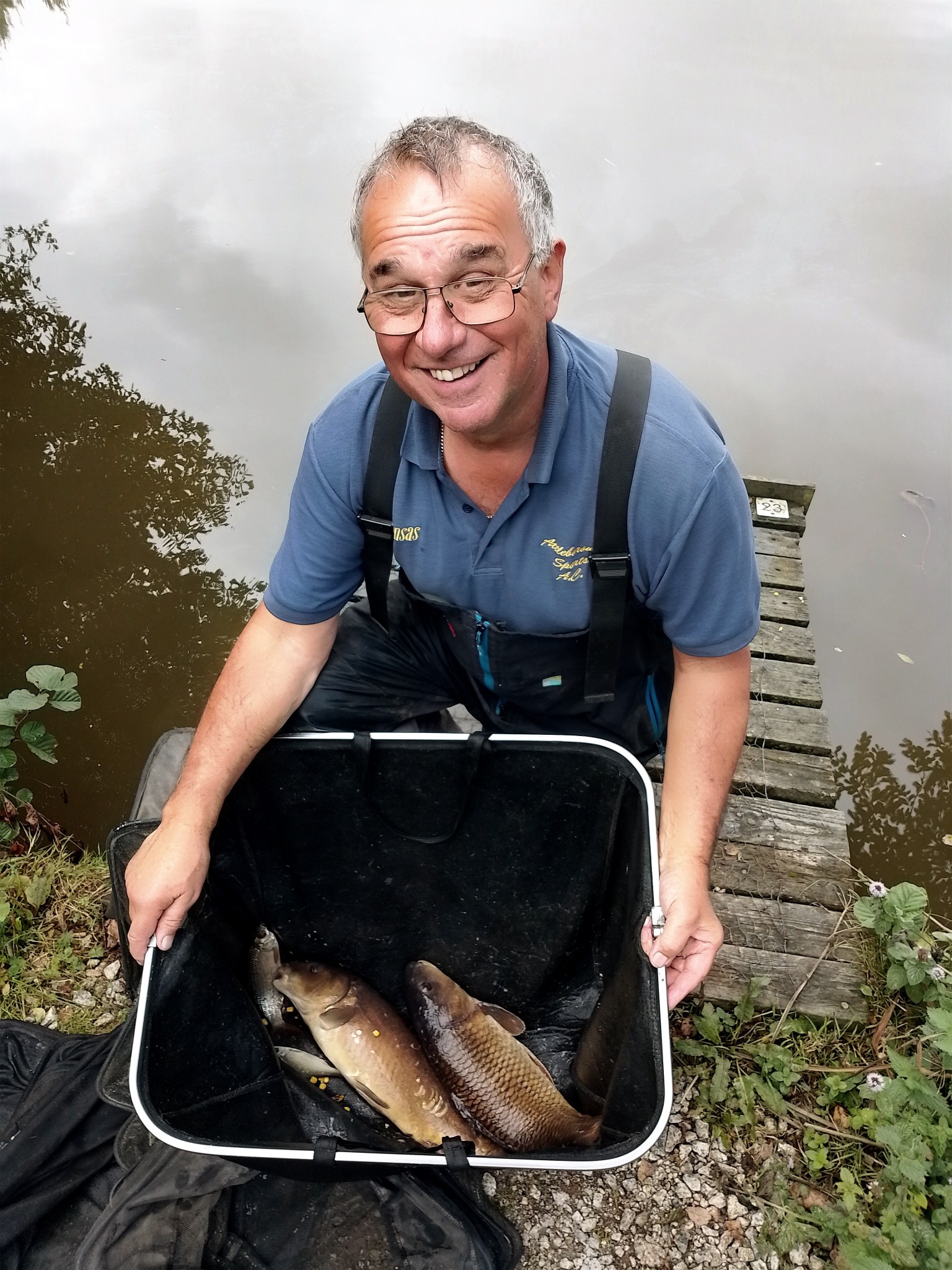
Below – The latest thirty to be caught at Bulldog.
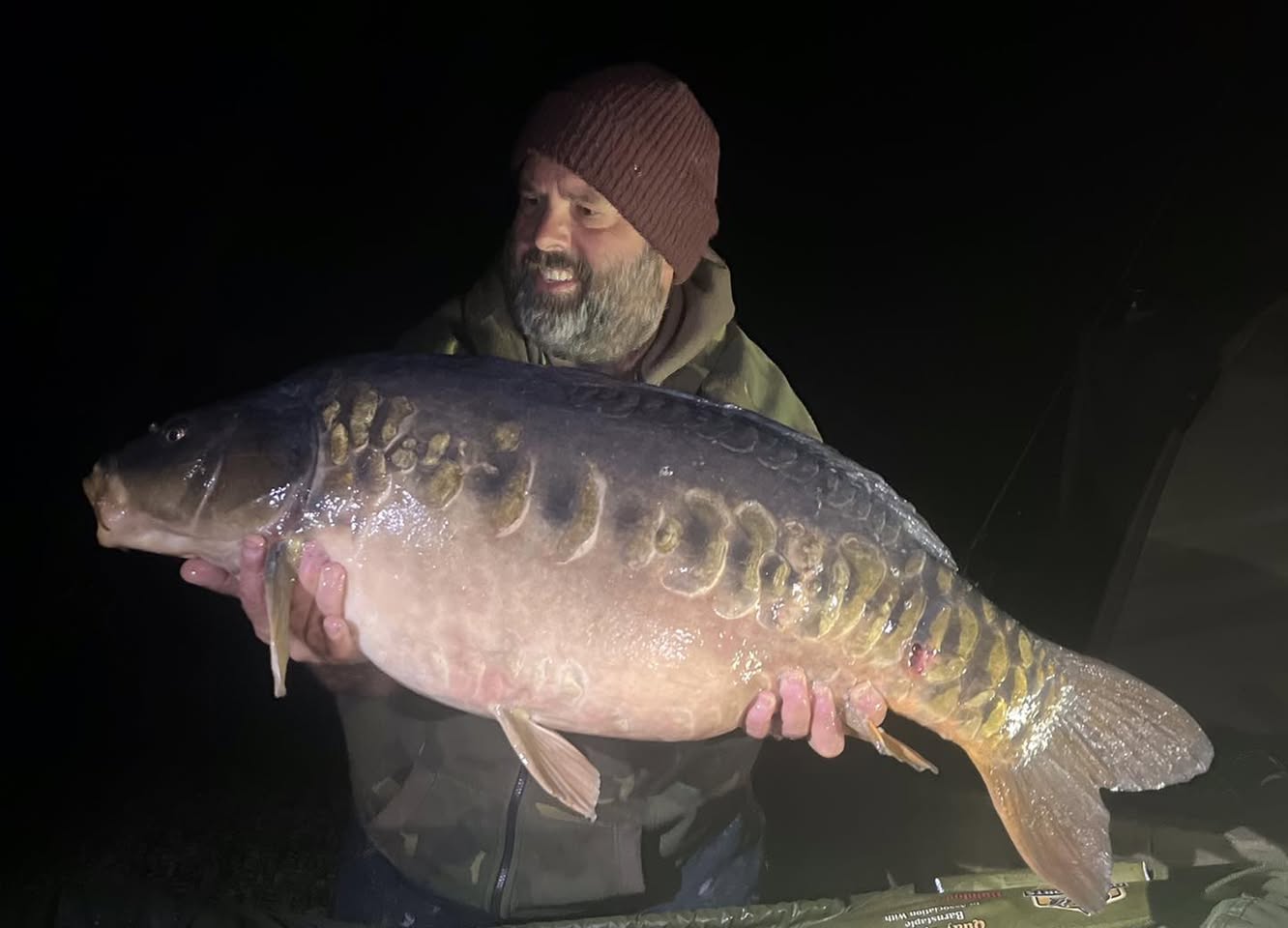
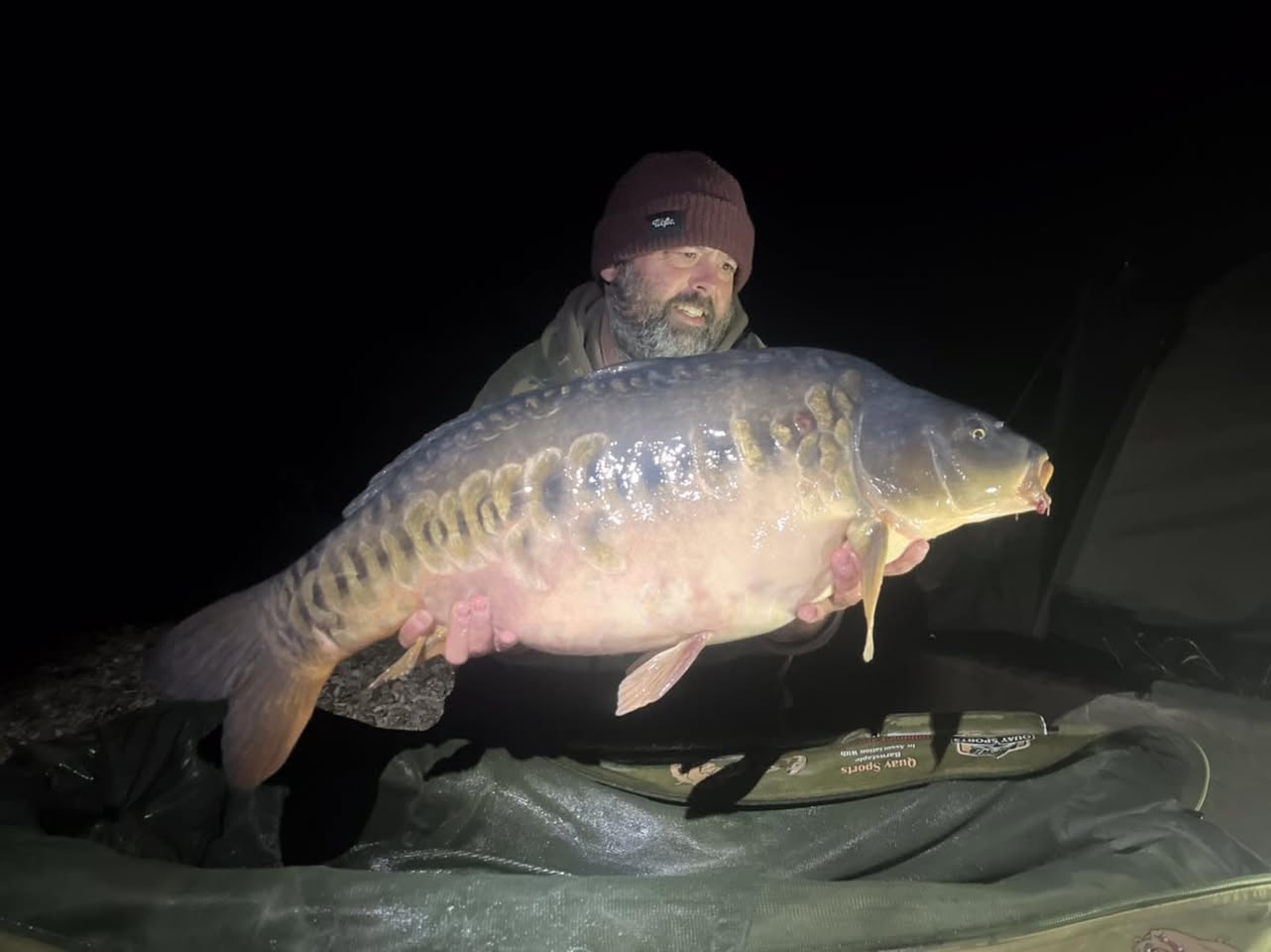
The trout lake is now fishing well with big browns and hard fighting rainbows relishing the lower water temperatures and increased oxygen levels of Autumn. A few happy customers below..
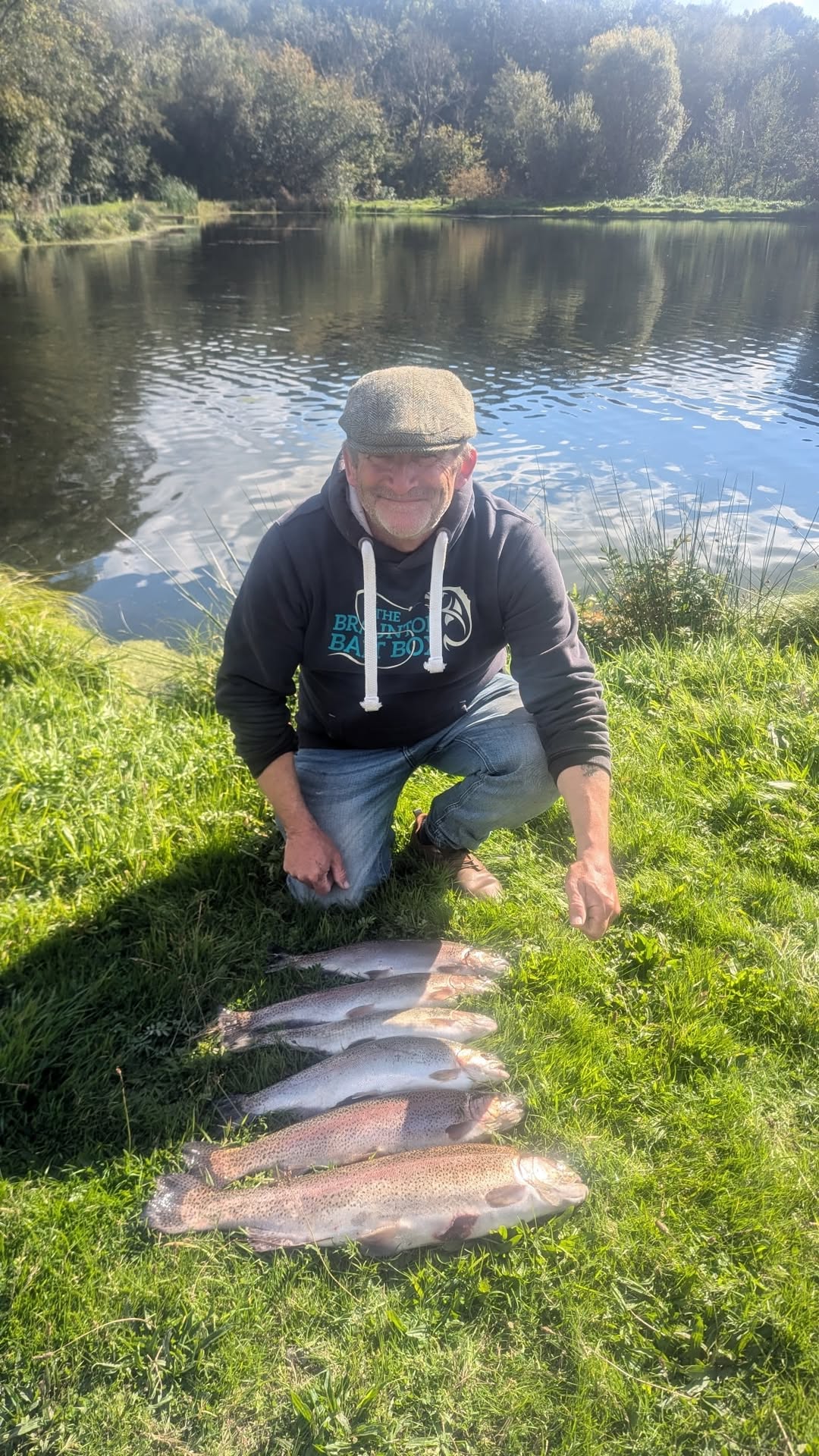
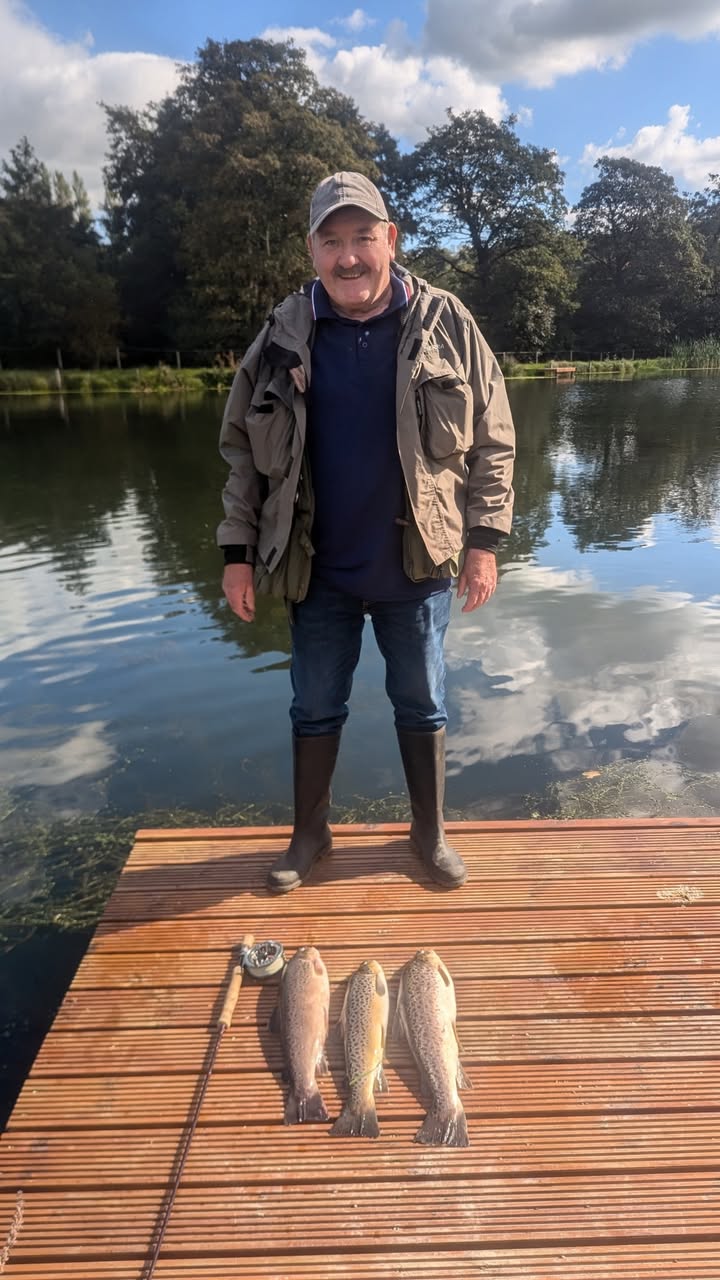
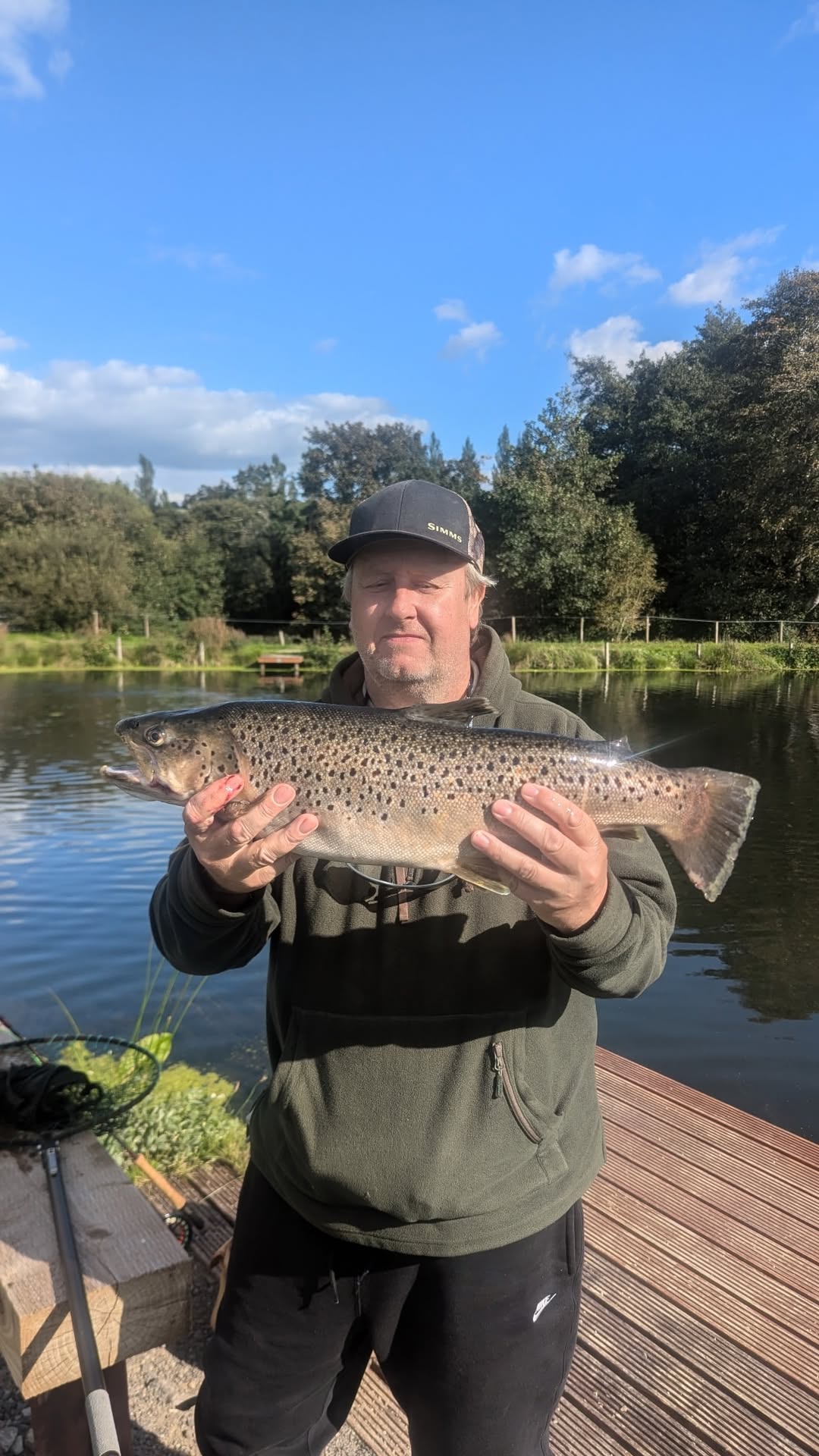

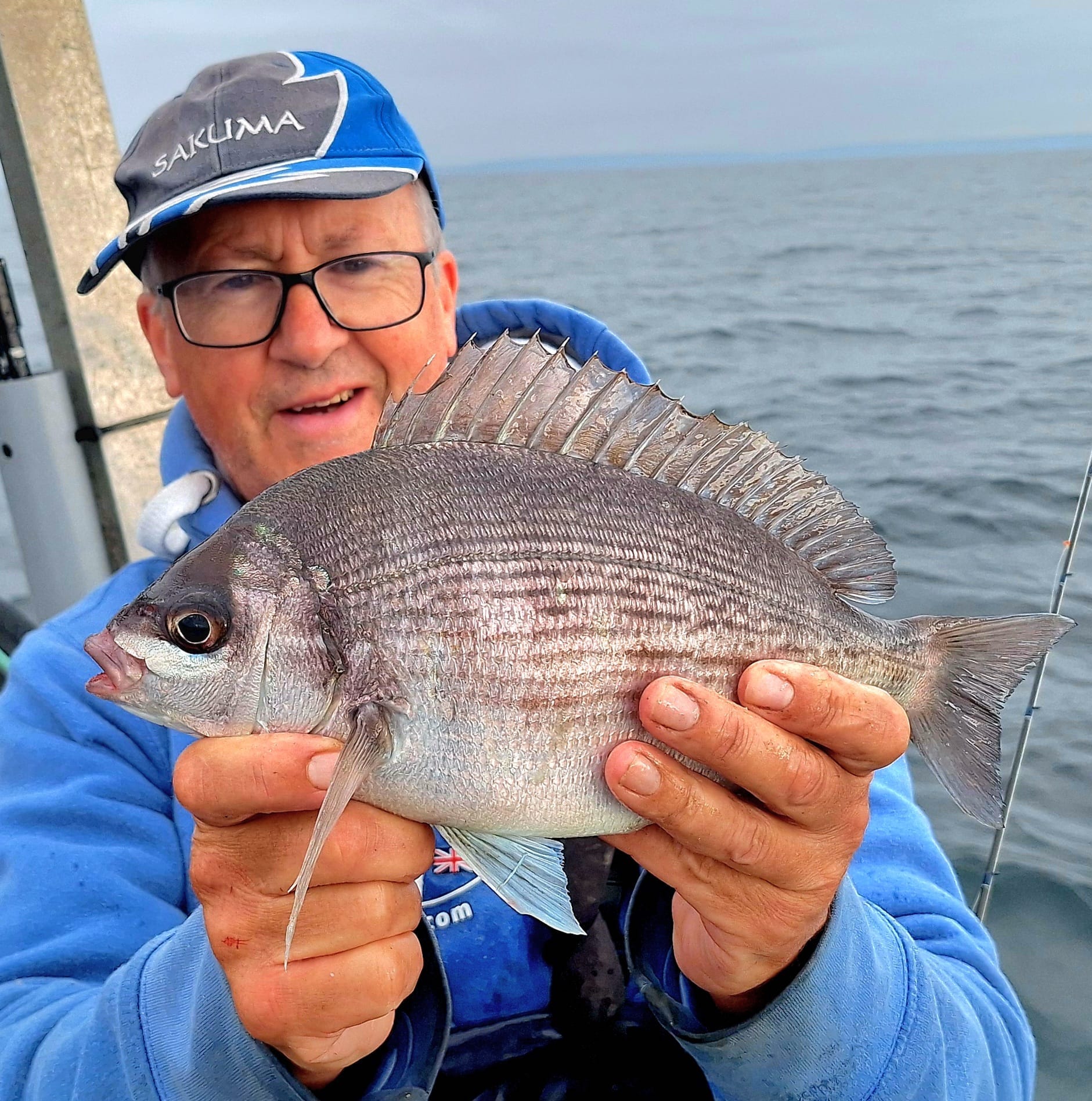
My sea angling journey started many years ago fishing from the Banjo Pier in Looe, South Cornwall so each year when we return to join what has become known as the Looe Basher group many memories are rekindled. I was booked onto the Reef Fishing trip on the Friday of the week which turned out to be a lucky break as two days of the six booked for the group ended up being cancelled due to inclement weather.
The Looe Basher is organised with military precision by Lee Armishaw of Watersmeet Publications who navigates many hurdles to put together this highly enjoyable convergance of friends each Autumn.
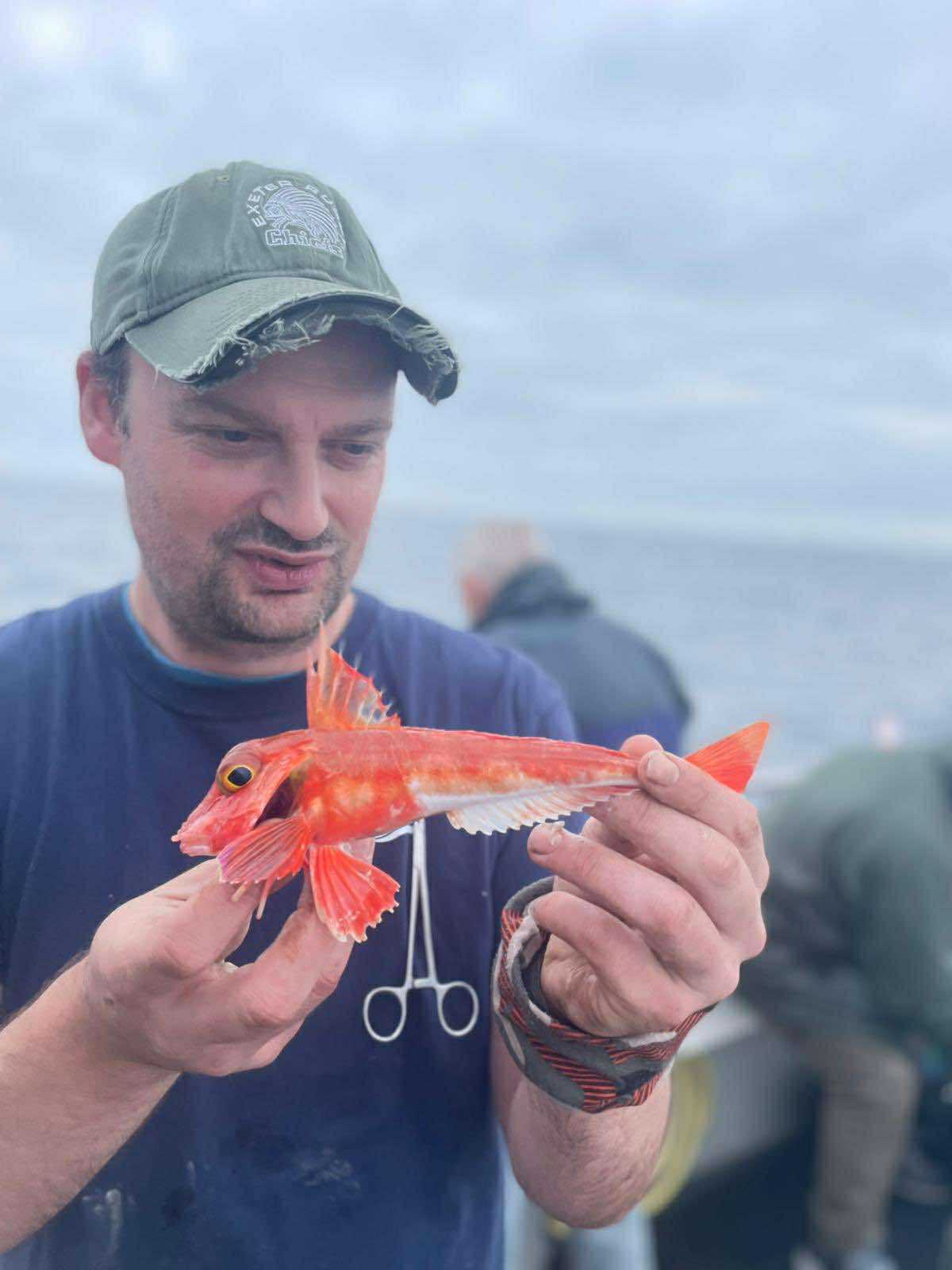
I joined six other anglers on Dan Margetts, Sowenna and we sailed out of Looe on a grey morning eager to connect with the many species that dwell on the offshore reefs. The previous days highlight had been the sighting of a fin whale breaching close to the boat.
I hope to cover the trip in a future Sea Angler Feature so will not go into too much detail. But the trip resulted in some stunning fish that brought much colour to the grey Autumn day. Two of us boated nine species each on the day with a total of at least a dozen species to the boat including three comber.
The week concluded with a gathering and a delicious meal in the Golden Guinea where the annual ‘Evans Top Rod award’ was presented to Dickie Howell who landed ten species in a single session and assisted Dan Margetts with crewing. ‘The Evans Top Rod engraved Tankard is presented in fond memory of Peter Evans who was a regular attendee of the Looe Basher. He brought a warm presence, optimism and humour to the event and is greatly missed following his passing earlier this year.
Jack Perks was also congratulated in catching a comber to bring his tally of Uk species to 100!
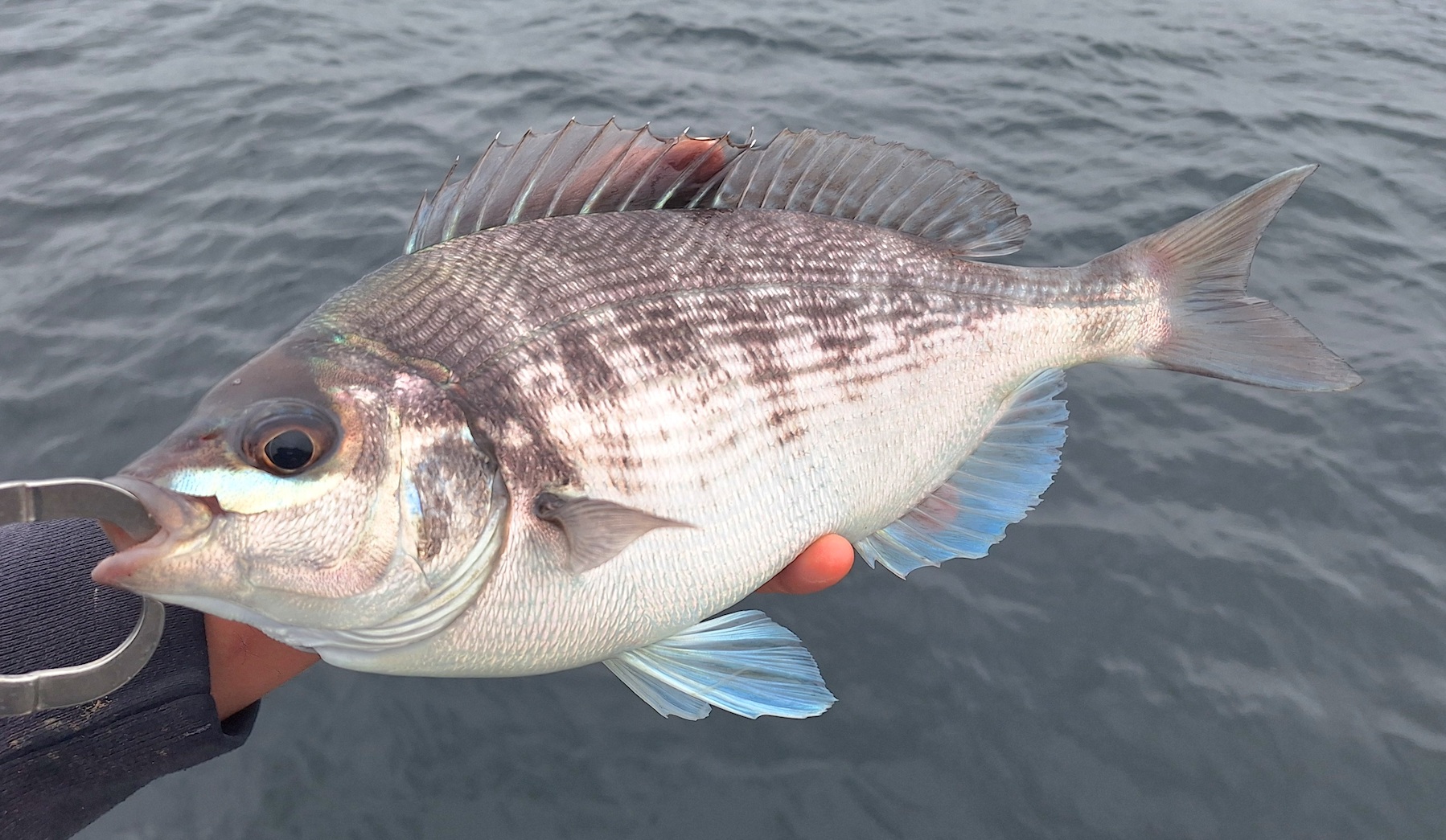
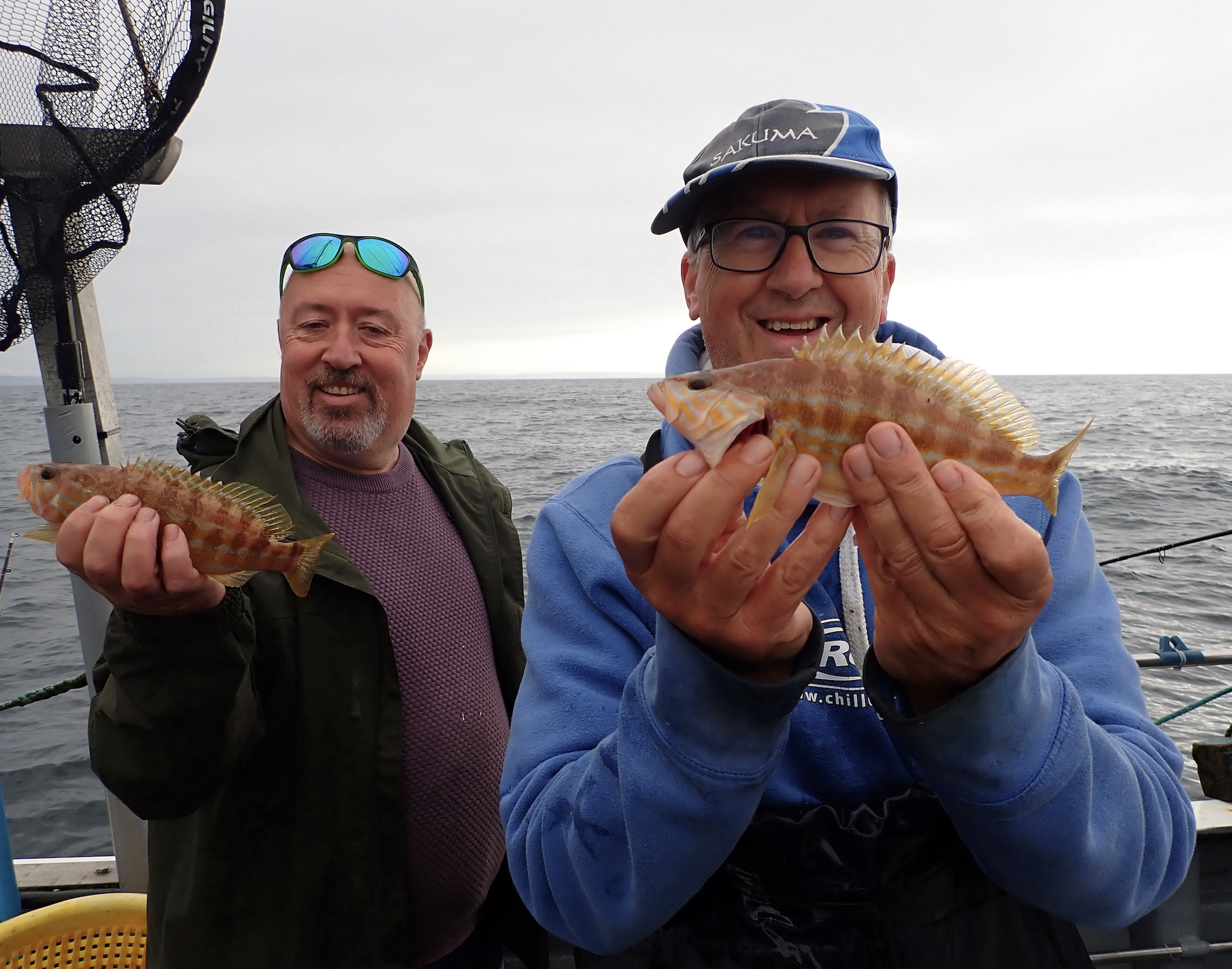
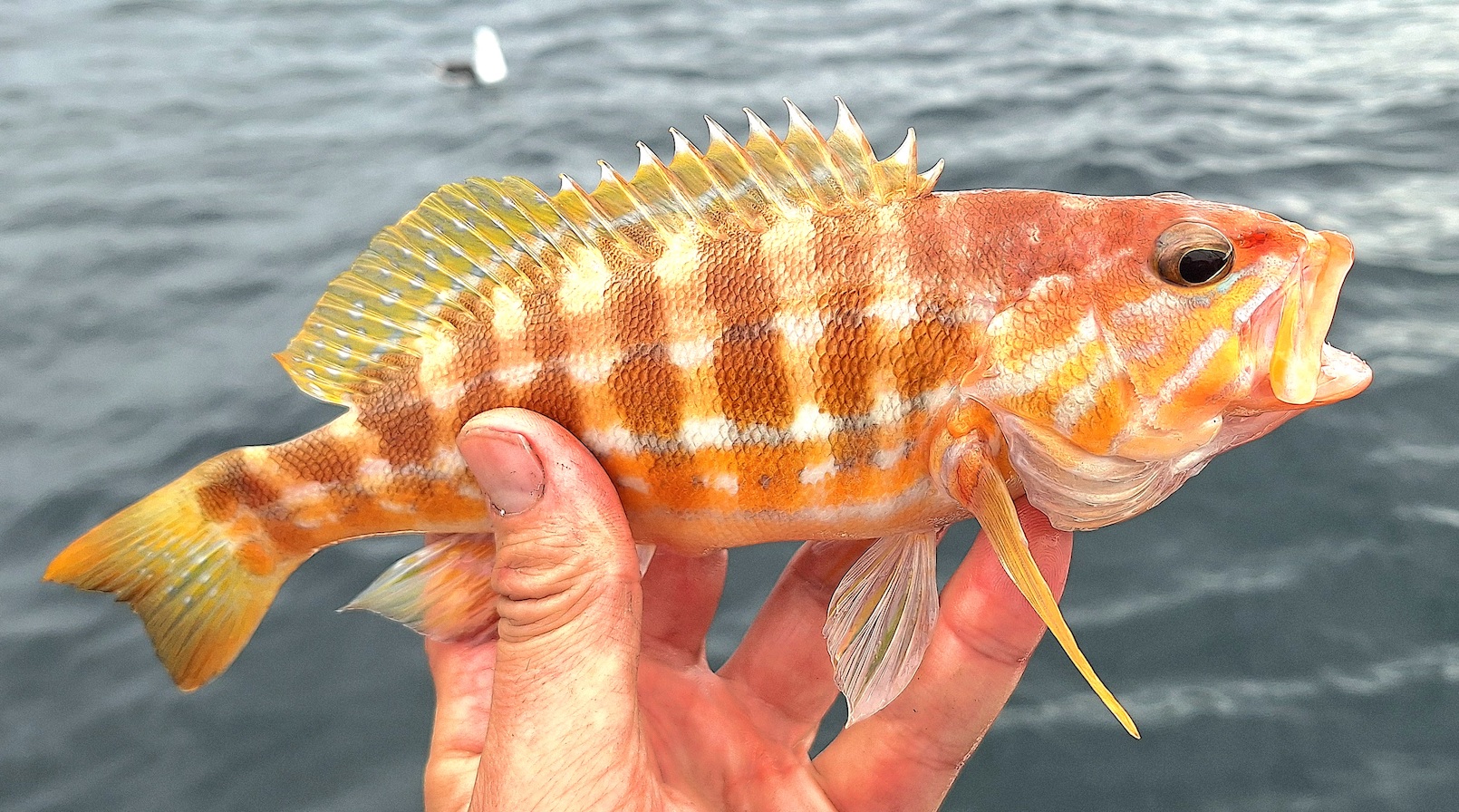
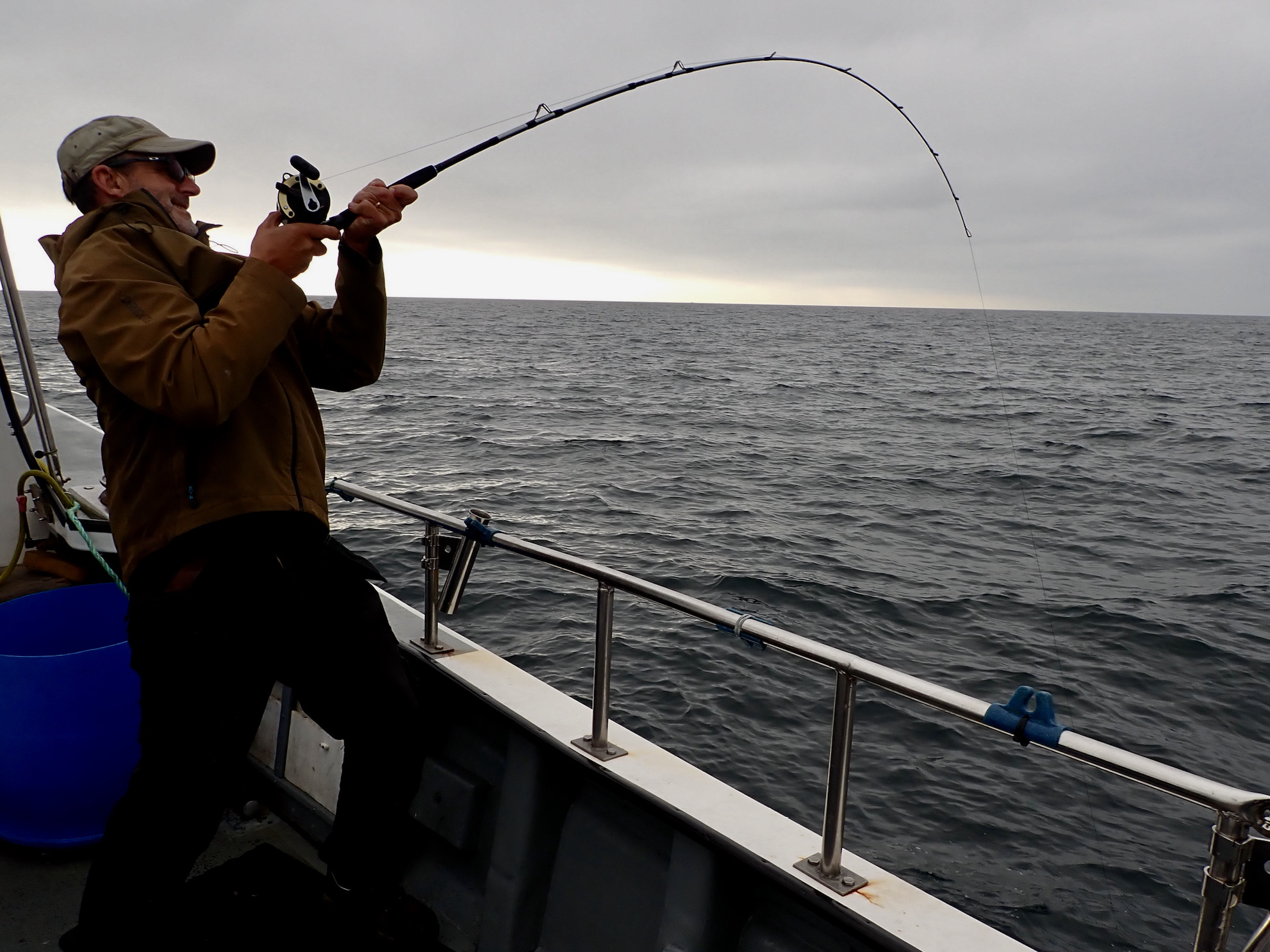
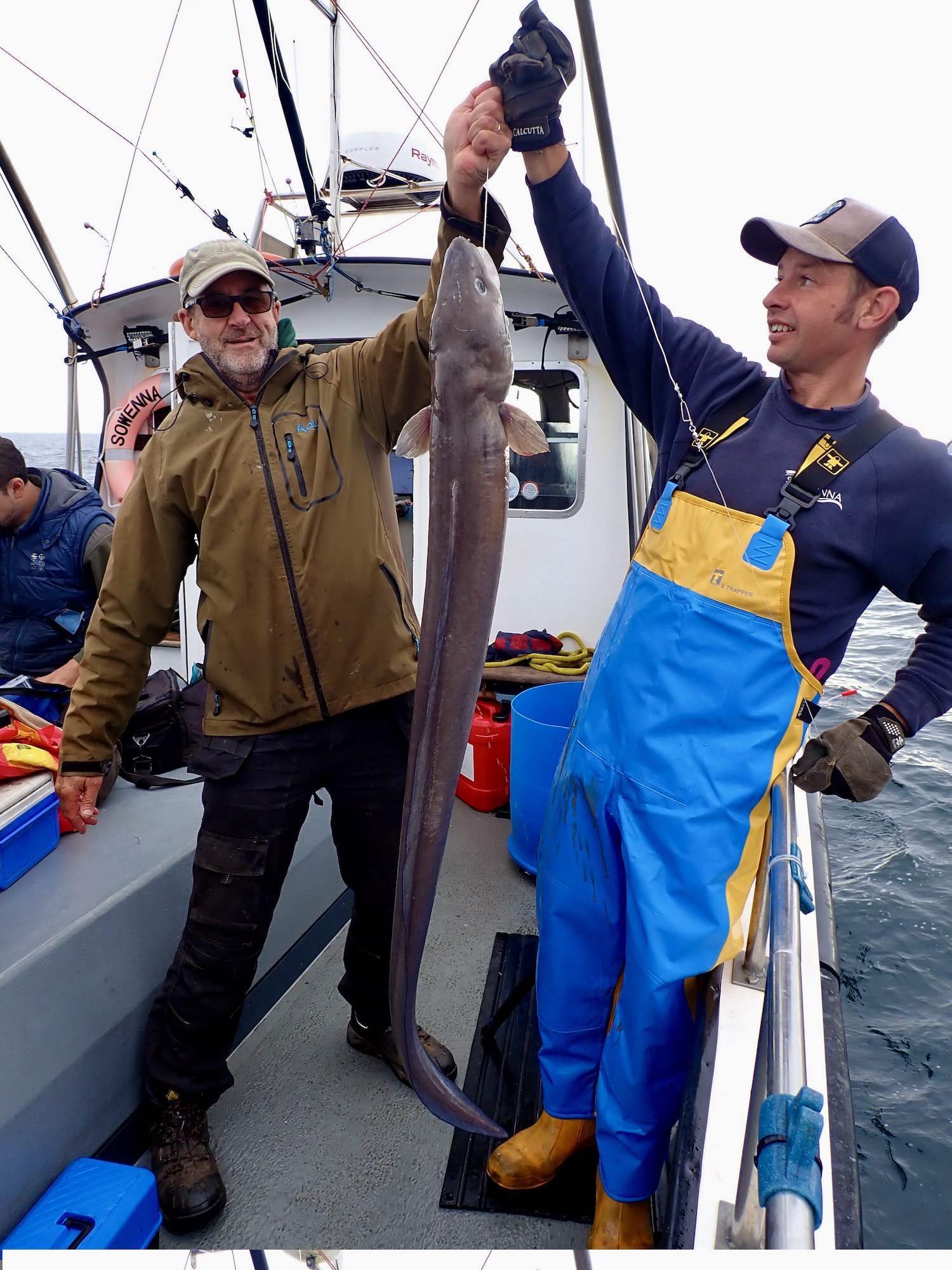
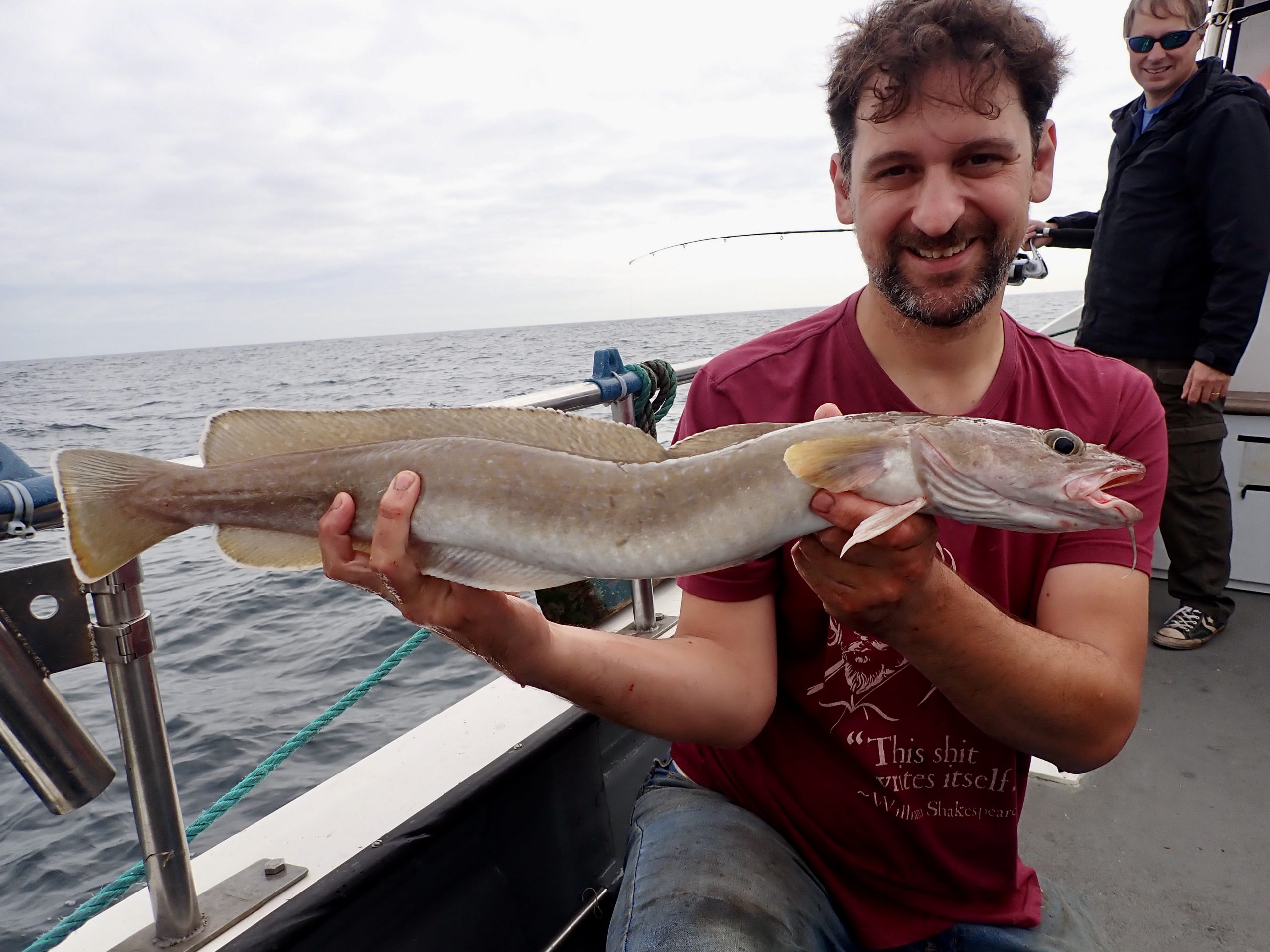
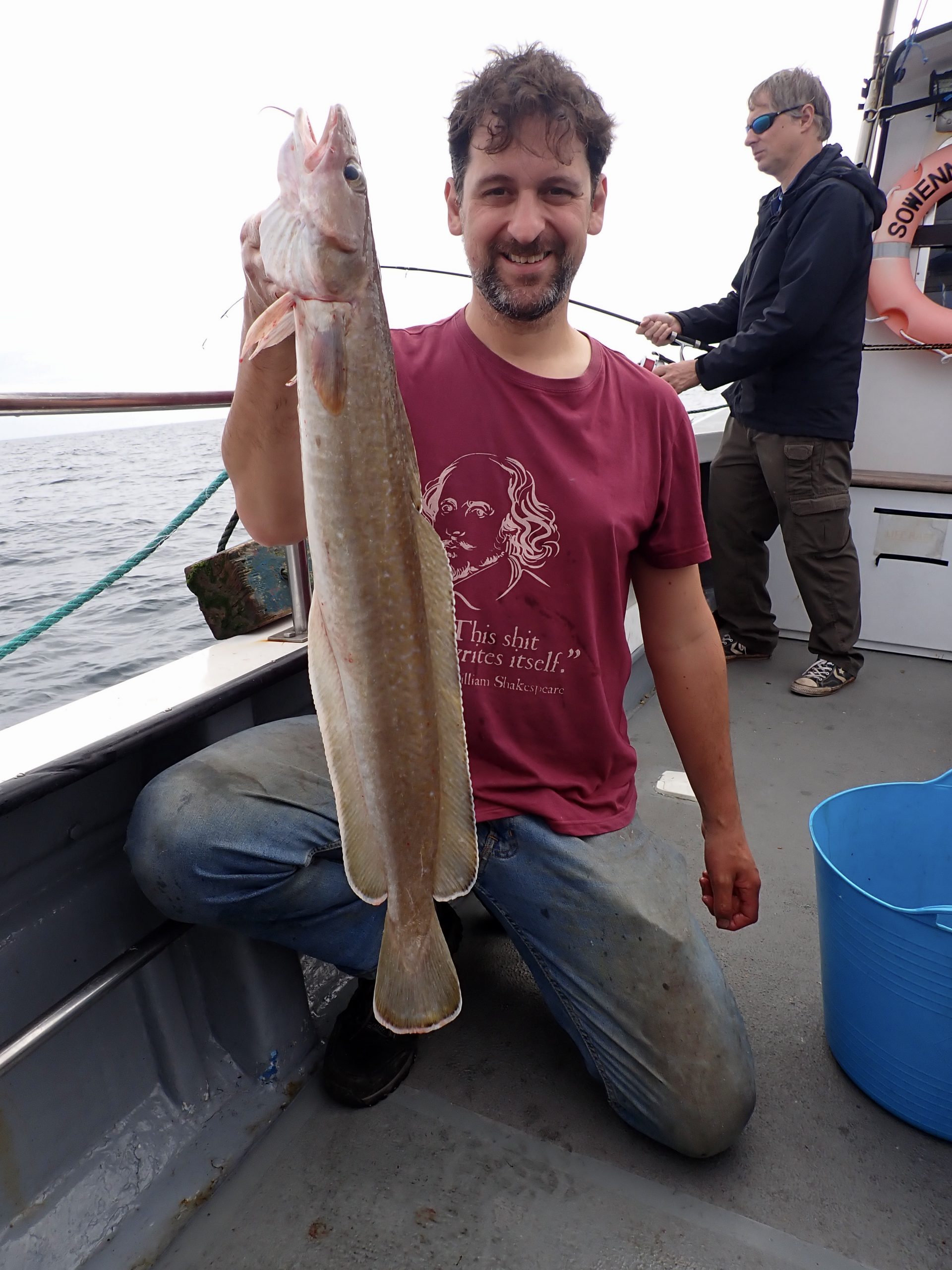
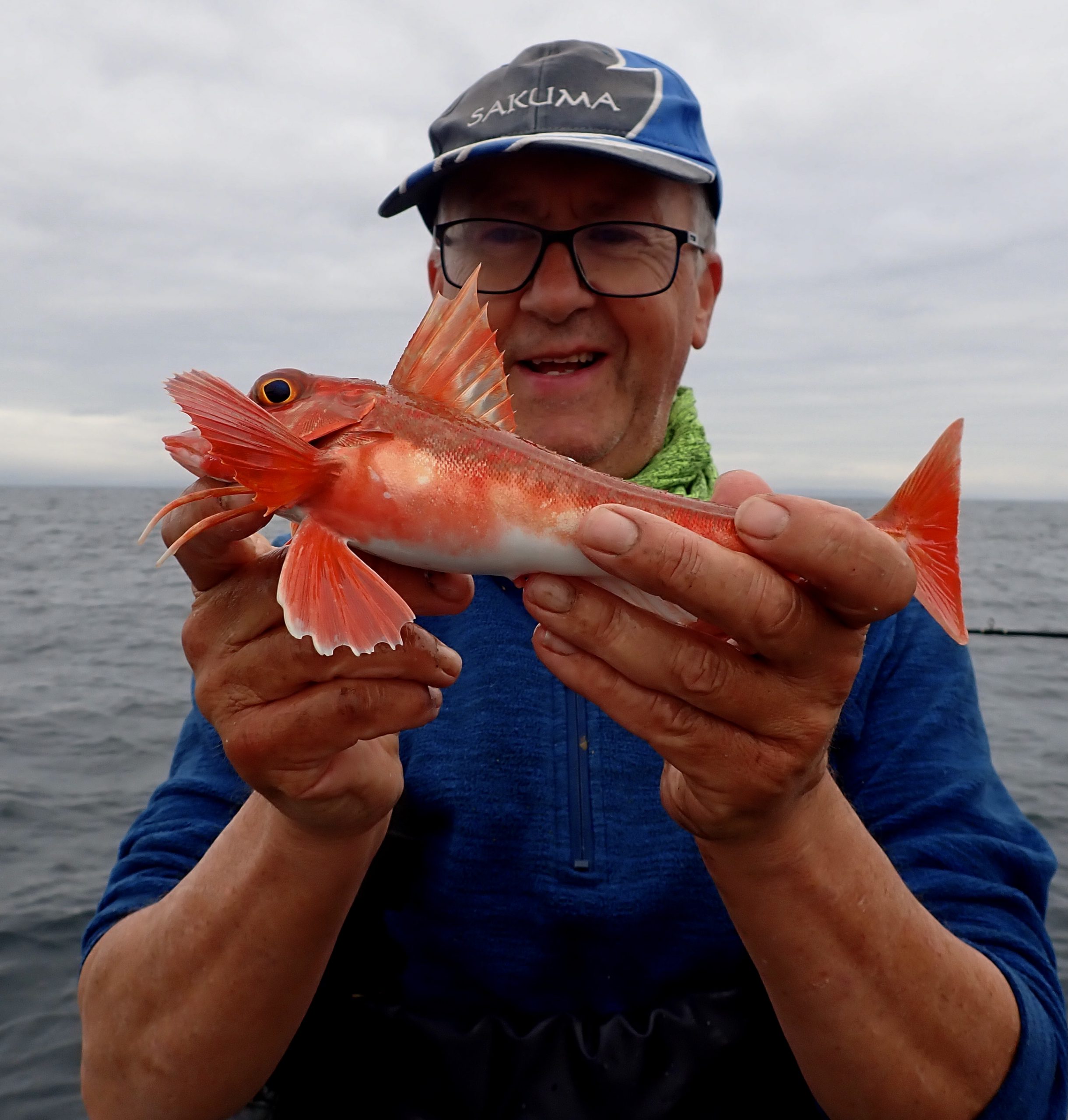
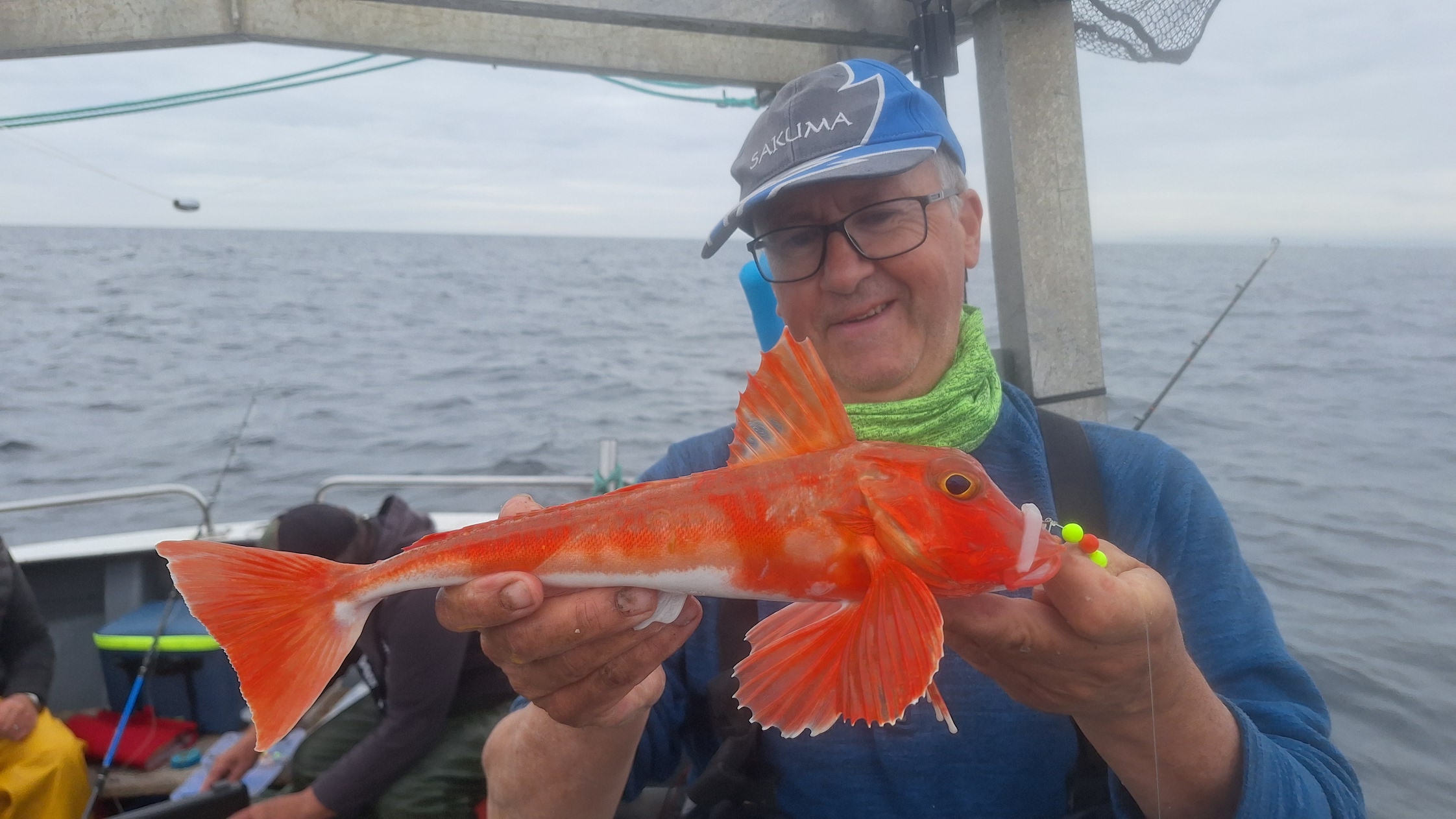
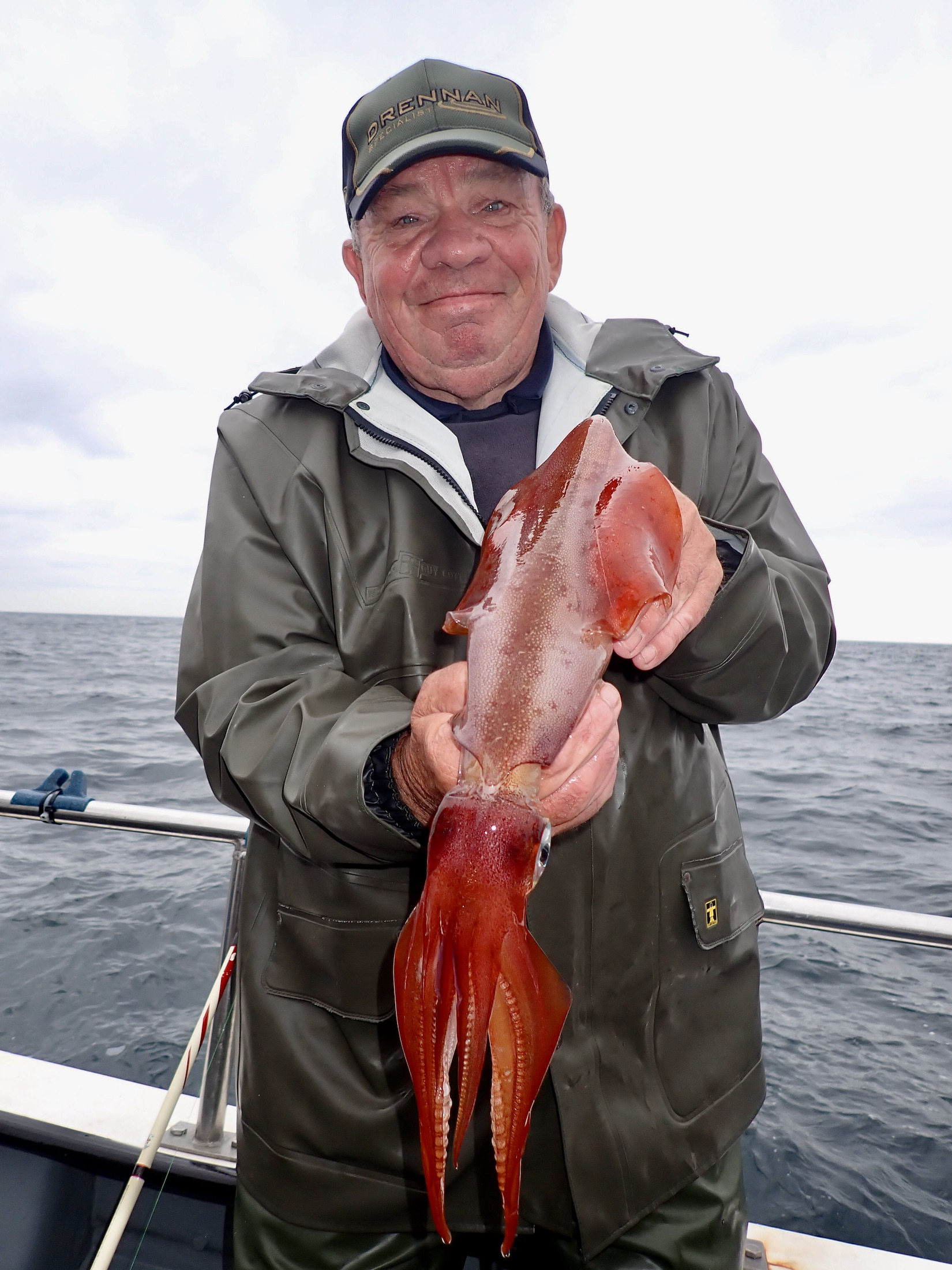
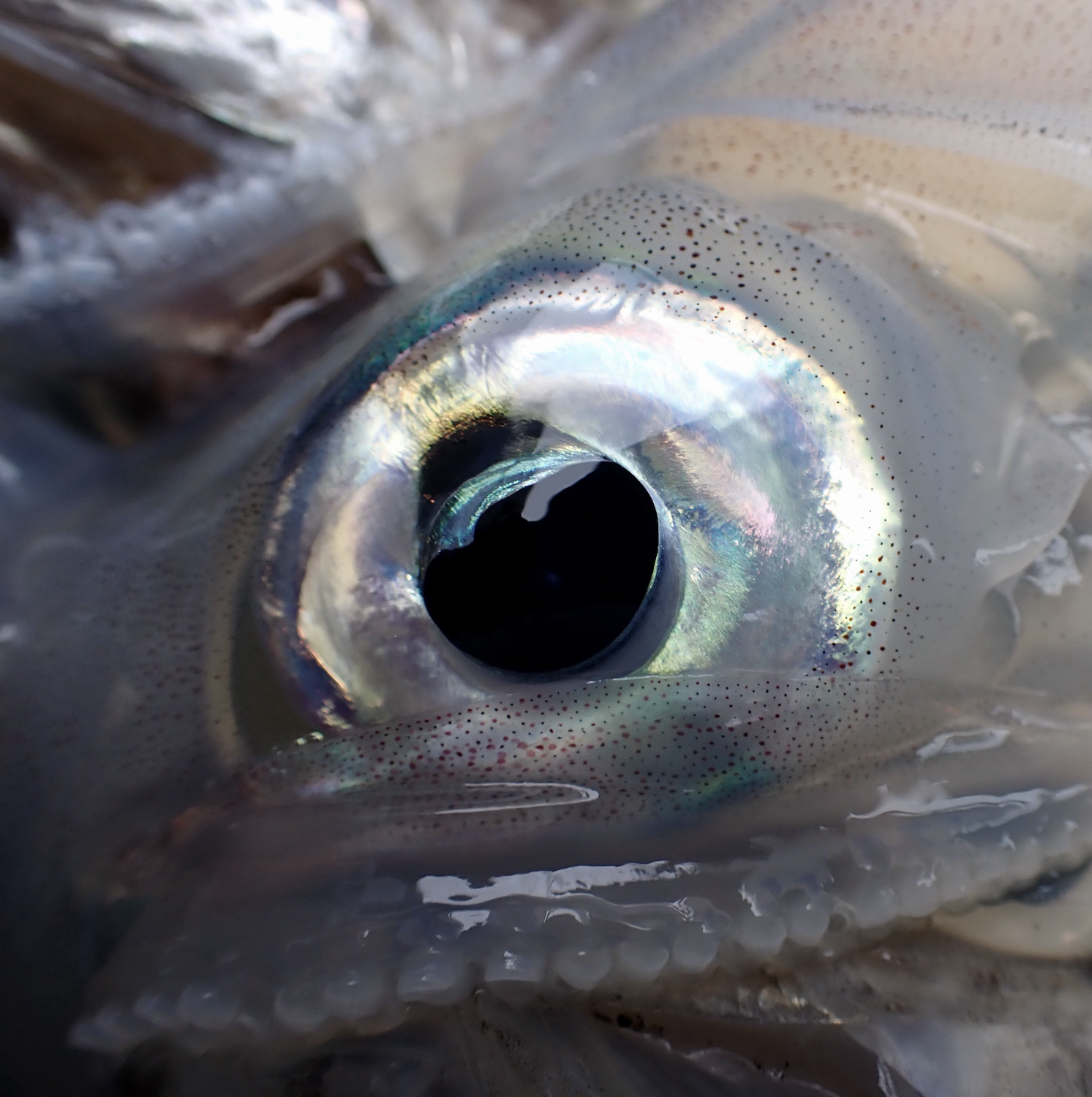
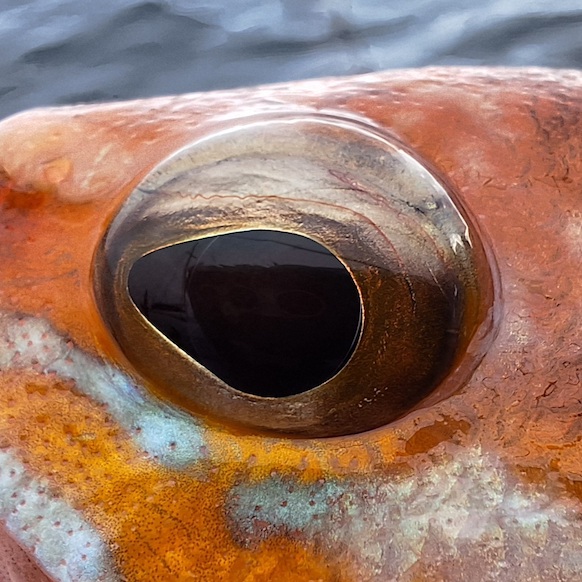
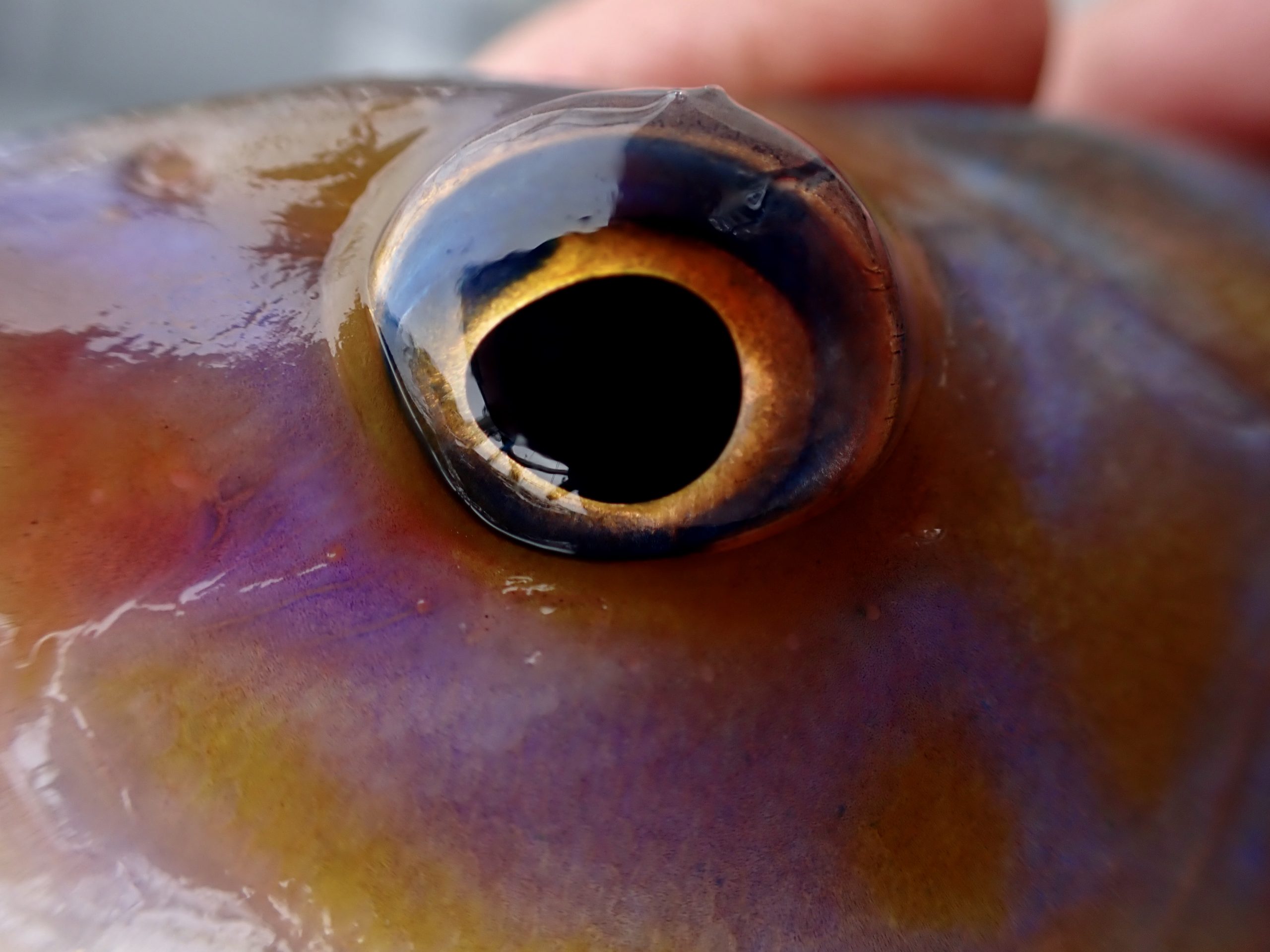
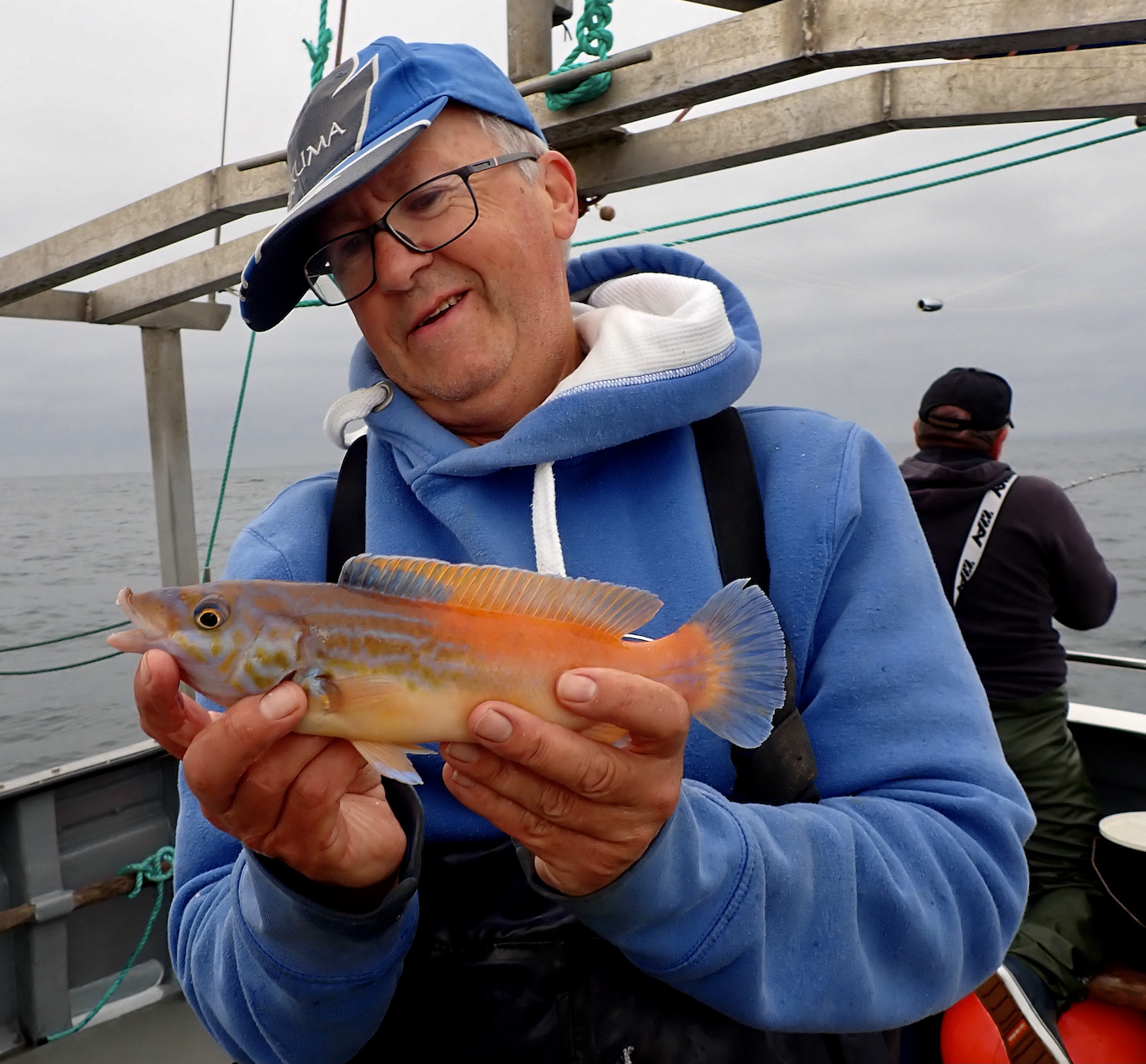
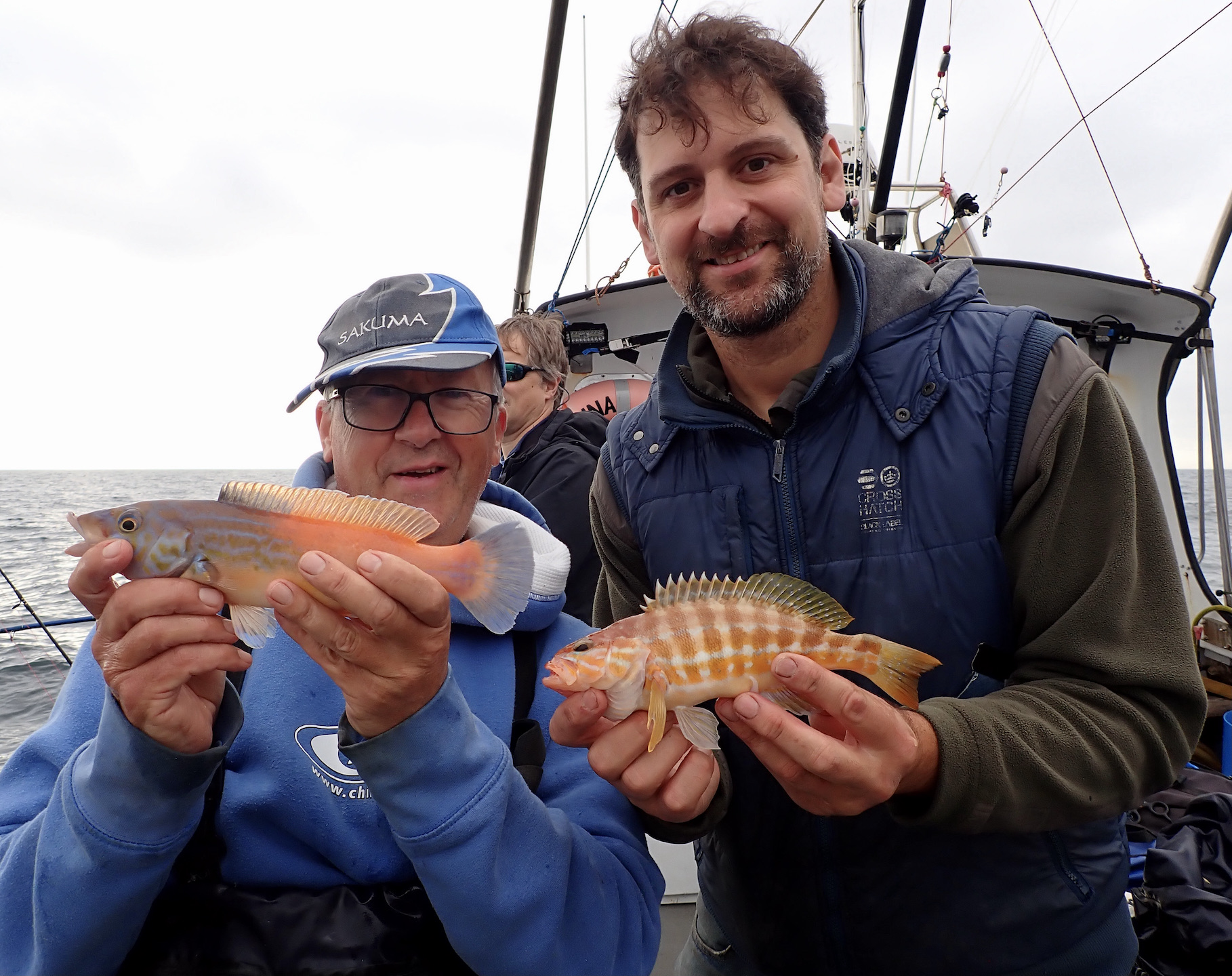
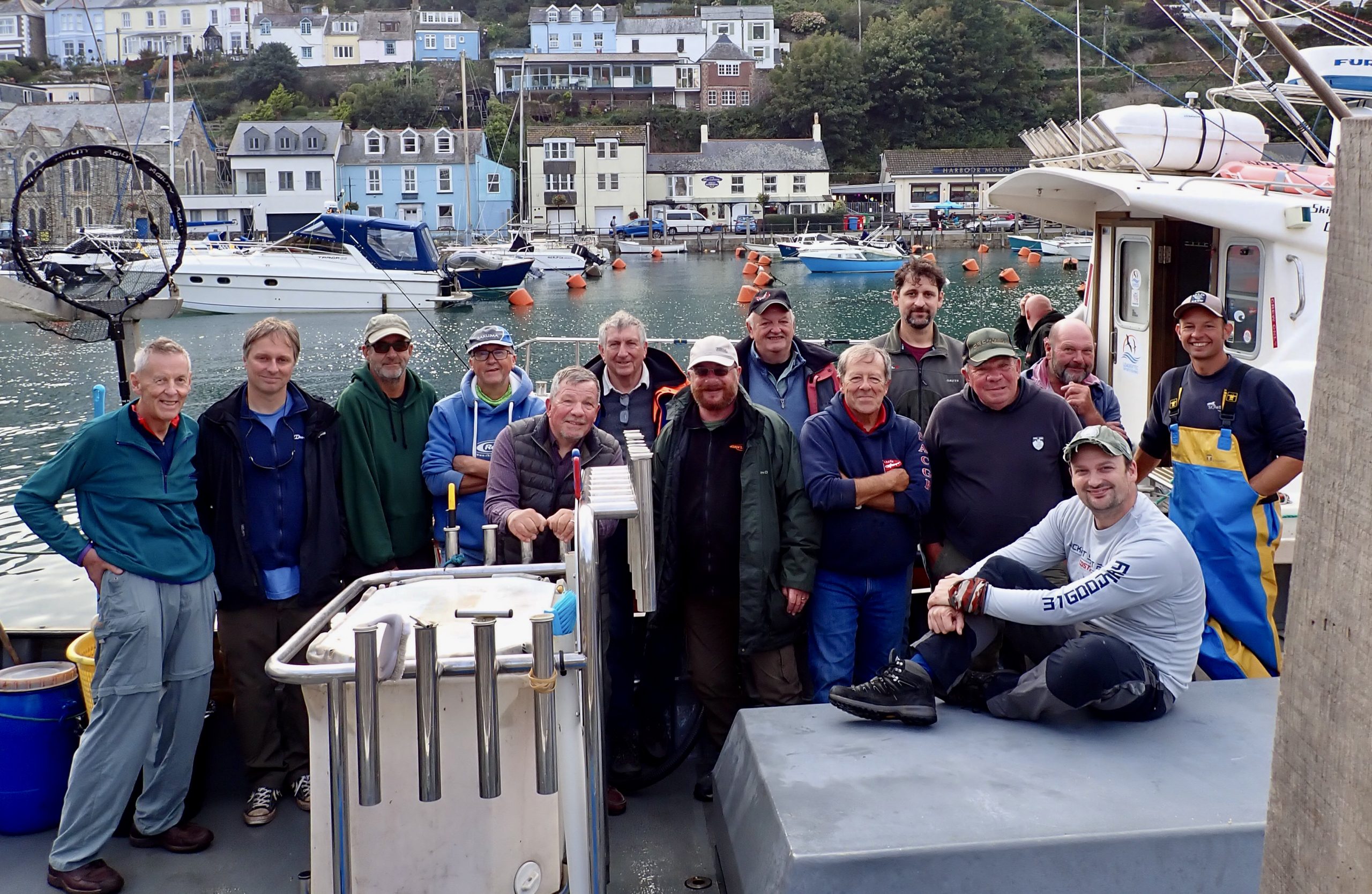

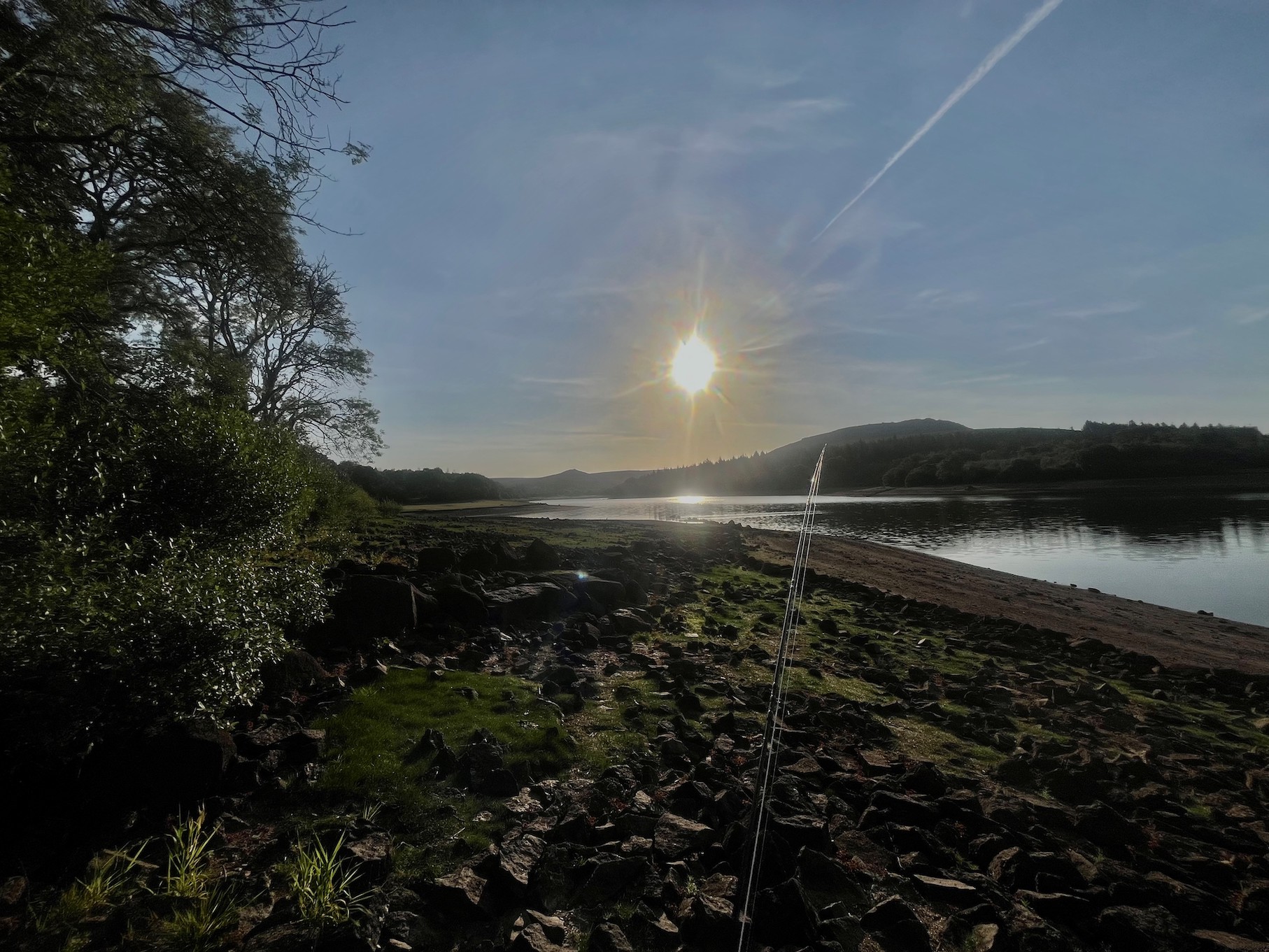
A welcome drop in temperatures, along with some rain helped to freshen the reservoir waters, although at some fisheries many fish preferred to stay in the deeper water, where boat anglers fared slightly better than their counterparts on the bank.
Fishing:
Kennick – In spite of the cooler temperatures, the fishing proved challenging at Kennick, with anglers averaging 1.7 fish per visit. The best locations included Sycamore Wall, Poplar Bay and Bracken Point, with boat anglers catching fish in Clampitts Bay and the deeper central water. An intermediate line or floating line with a sink-tip, or a sinking line proved to be the most successful tactic, fishing either nymphs and wets (Diawl Bachs, Montanas, Buzzers and Damsels) or lure patterns (Tadpoles and Boobies). Graham Roberts (from Totnes) and his boat partner caught thirteen rainbows to 3lb 12oz, with two others over 3lb, using fast sinkers and lure patterns (having previously had no success fishing on the top). Richard Berresford caught six rainbows to 2lb 10oz using a Tequila Booby fished deep with a slow figure-of-eight retrieve with pauses from a boat, and two rainbows to 3lb using a mini snake pattern on an intermediate line on a further visit. Water levels are down to 45% capacity at the time of writing.
Burrator – The fishing at Burrator improved this month, with anglers averaging 3.9 per visit, with fish being caught all over the reservoir (including Longstone, Pig Trough, Discovery Bay, Bennett’s and Sheepstor). With fish coming to the surface to feed, floating lines with dry patterns (Foam Daddies, Bob’s Bits, Sedges and Hoppers) produced some good sport, while deeper feeders were caught on intermediate lines using nymph (Buzzers, Damsels, Montanas) and lure (Tequila Blob, Yellow Streamer, Cormorant, FAB, Black and Green Blob) patterns, fished with a variety of retrieval methods. Gordon McLeod (from Tavistock) caught eleven rainbows to 2lb using a Tequila Blob fishing early in the morning. Daniel Forrester (from Hatherleigh) also caught eleven rainbows to 2lb between Sheepstor Bank and Pig Trough Bank – in spite of plenty of surface activity, he could only interest his fish with deeper lure patterns (particularly Candy Floss Boobie). Water levels are now down to 40% capacity.
Stithians – The fishing improved as the month progressed, with lightweight floating lines together with dry patterns (Hares Ear Parachute, Midge Hopper, Elk Hair Sedge, Daddies and Beetles) producing some excellent surface sport. Deeper feeders took a selection of nymph patterns (mainly Damsel Nymphs) and lures (FAB, Cruncher Apache, Minkie and Orange Blob). Popular locations included Goonlaze, Ray’s Beech, Pipe Bay, Hollis, Oub Bay and Sluice Bank). Levels are down to 60% capacity at time of writing.

Colliford – The sport improved dramatically during the month, with anglers averaging 4.1 fish per visit. The best locations included the Middle Car Park, Lord’s Waste, The East Bank and the bank near the dam. Plenty of Sedge and Midge hatches meant that the browns were keen to feed off or just under the surface, taking Bibio Hoppers, Bob’s Bits, Black and Peacock Spiders, Black cdc Emergers, Zulus and Soldier Palmers. Water levels are now at 54% capacity.
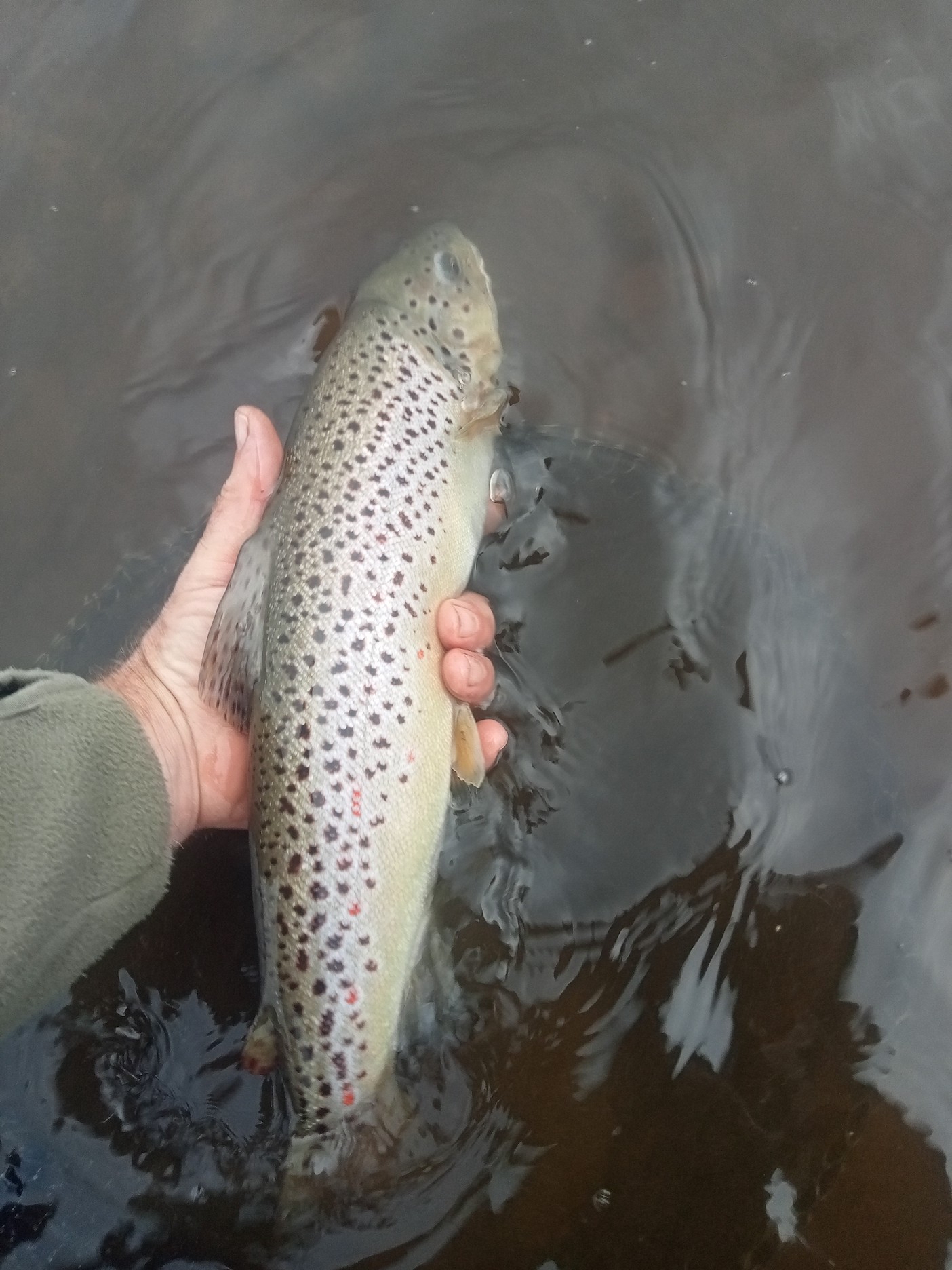
Fernworthy – In spite of a fairly consistent hatch just before dusk, the fishing proved to be fairly challenging at Fernworthy, with anglers averaging less than a fish per visit. The South Bank proved to be the most popular, with some fish taking both dry patterns (Black Parachute, Tup’s, dry Sedge and cdc Hopper), and sub-surface Muddlers, Silver Invictas and Kate McLaren. Water levels are still quite high, at 78% capacity.
Roadford – The fishing at Roadford improved as the month progressed, with a weekly rod average increasing to 5.8 fish per angler. Popular locations included Davey’s Bank, Wortha and Goodacre, where Soldier Palmers, Spiders, Brown Hares Ear Nymphs and Diawl Bachs fished on floating lines proved to be the most successful, with a few fish also taking Black Tadpoles. Dean Boucher (from Gunnislake) caught eleven browns to 16” using pulled Soldier Palmers and Black Tadpoles on a floating line in one visit, and on another, thirteen fish to 1lb using the same tactics. Levels are now down to 65% at time of writing.

Please see the Trust’s website (www.swlakestrust.org.uk/trout-fishing) for more information on buying tickets, boat availability and booking, and forthcoming events.
Chris Hall (September 2025)

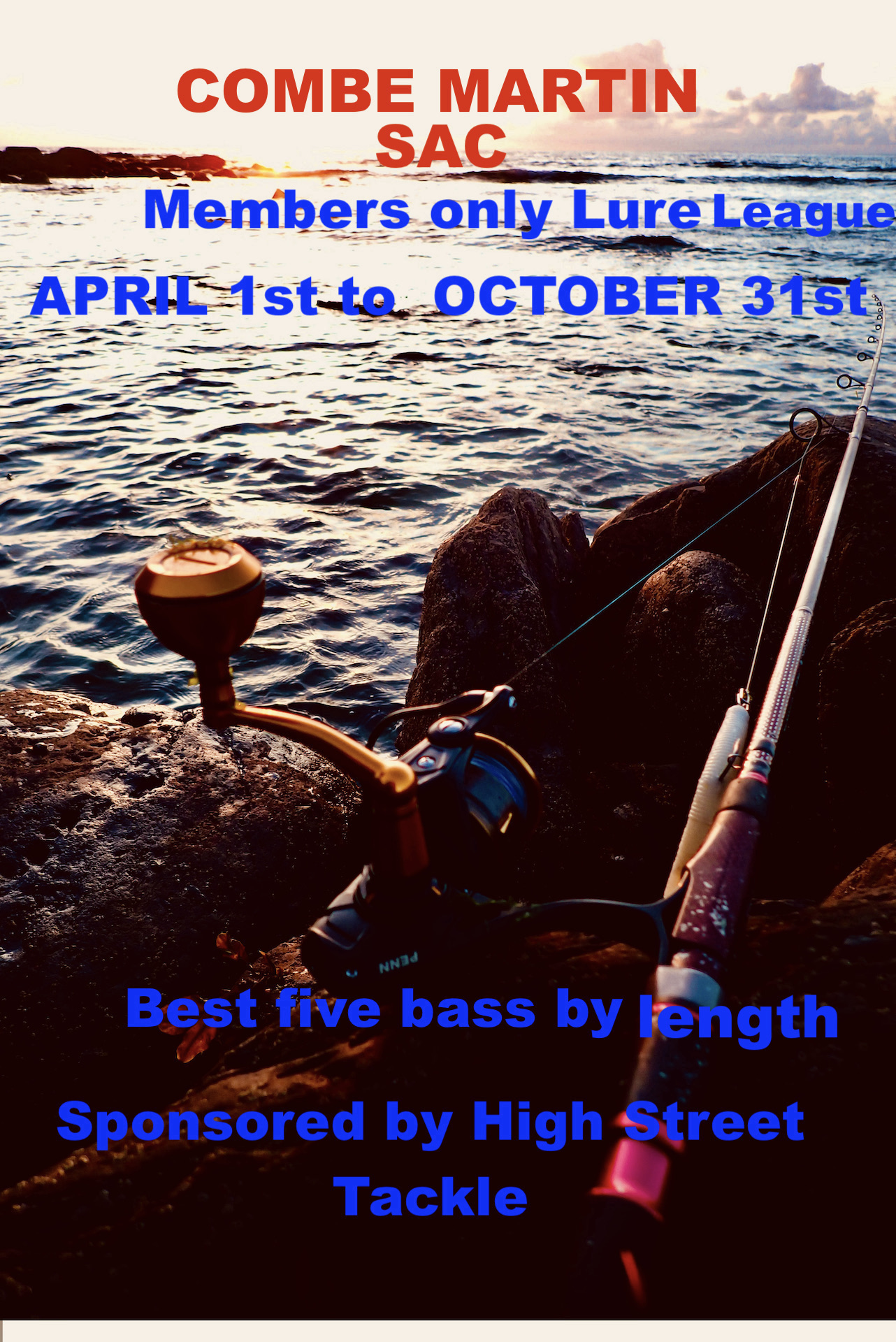
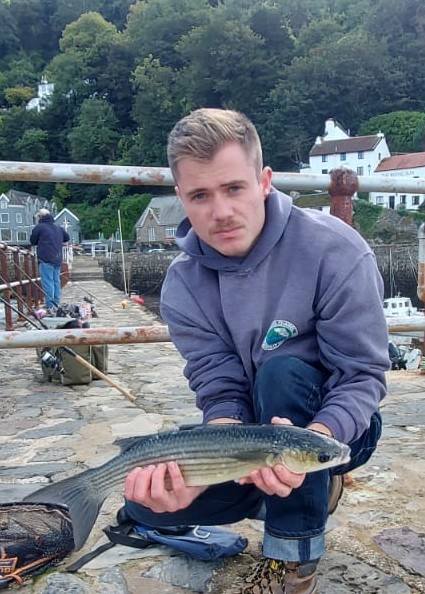
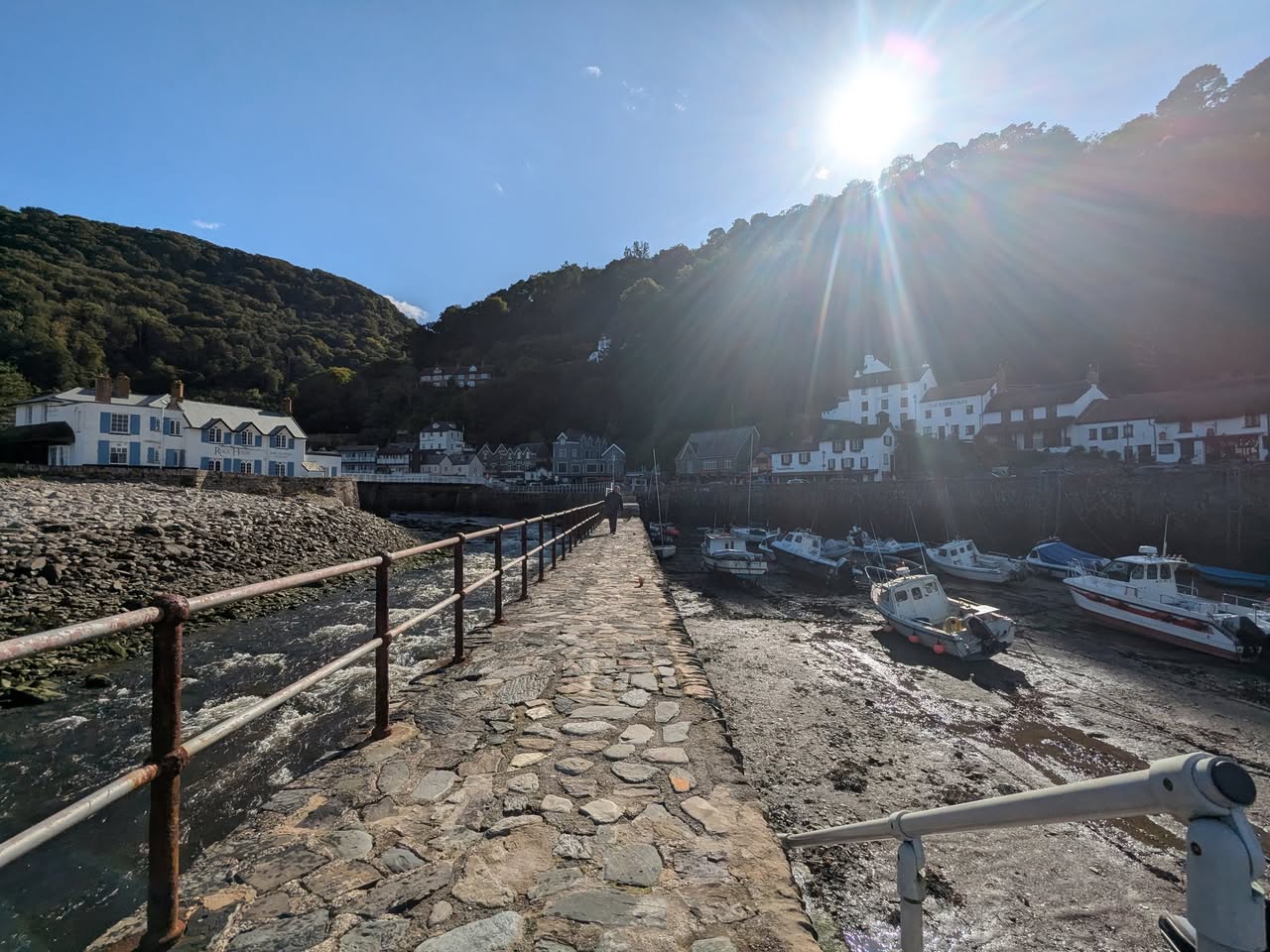
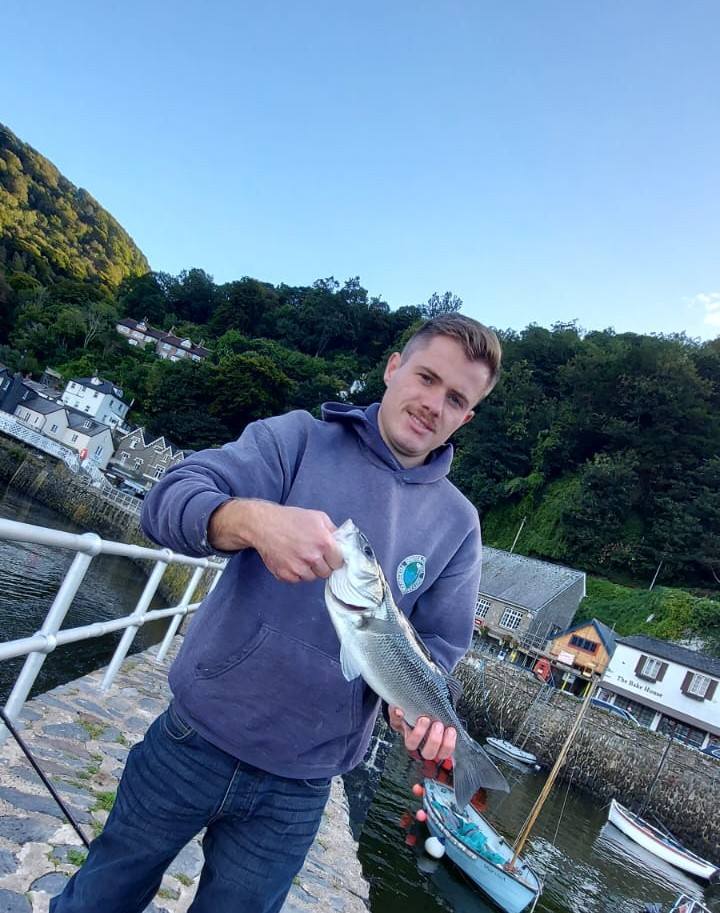

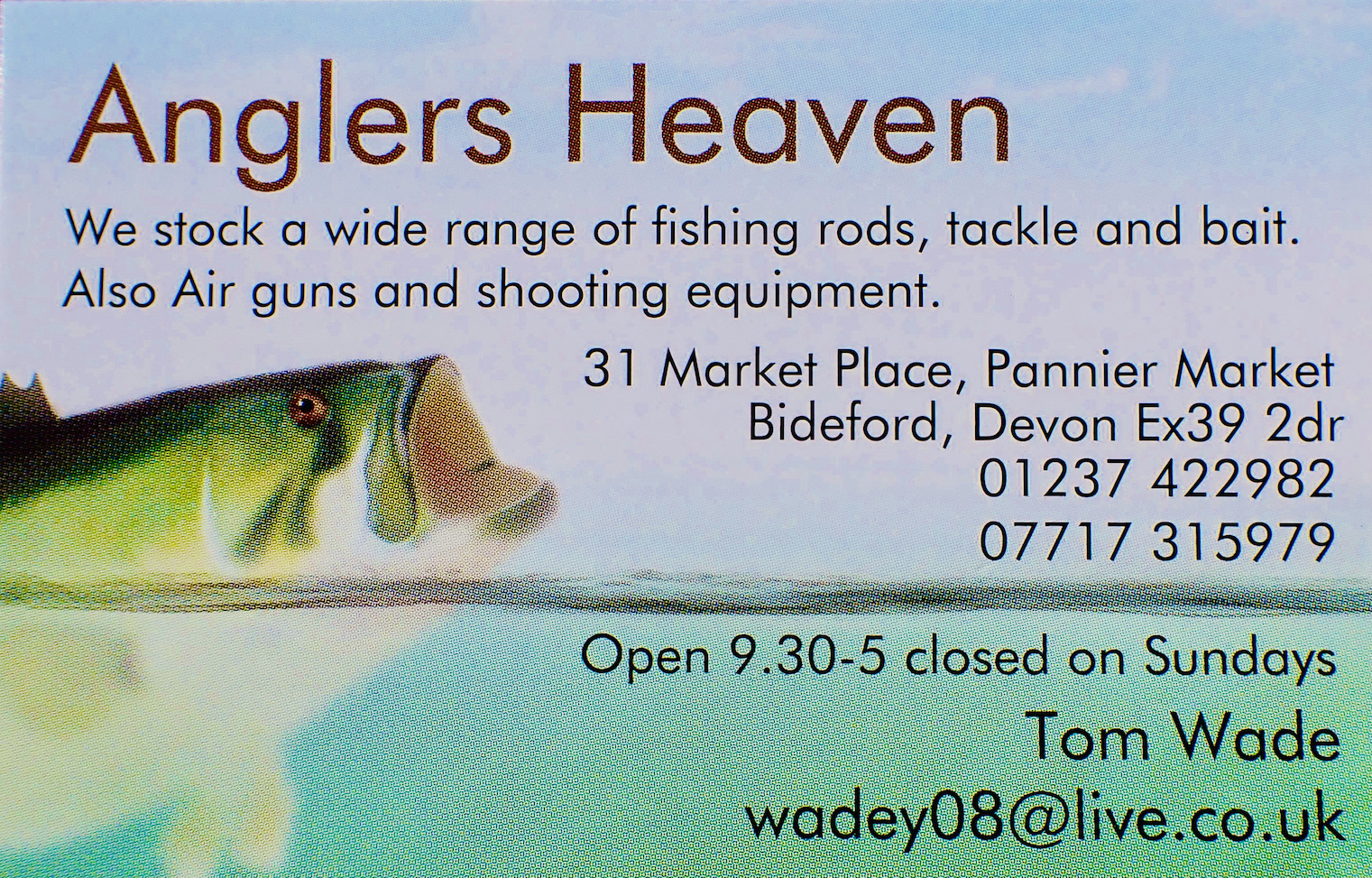
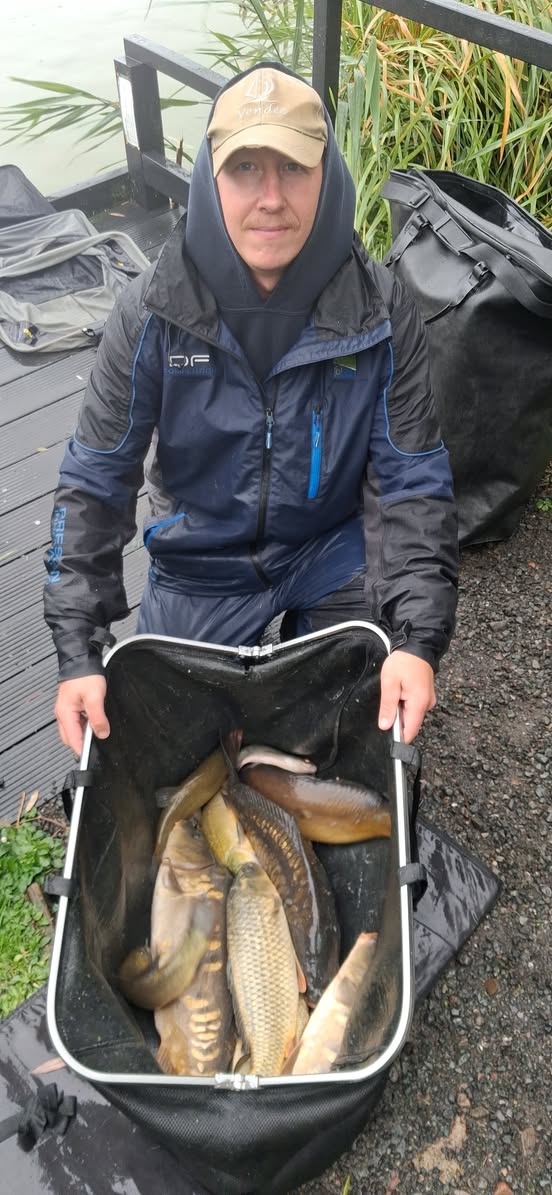
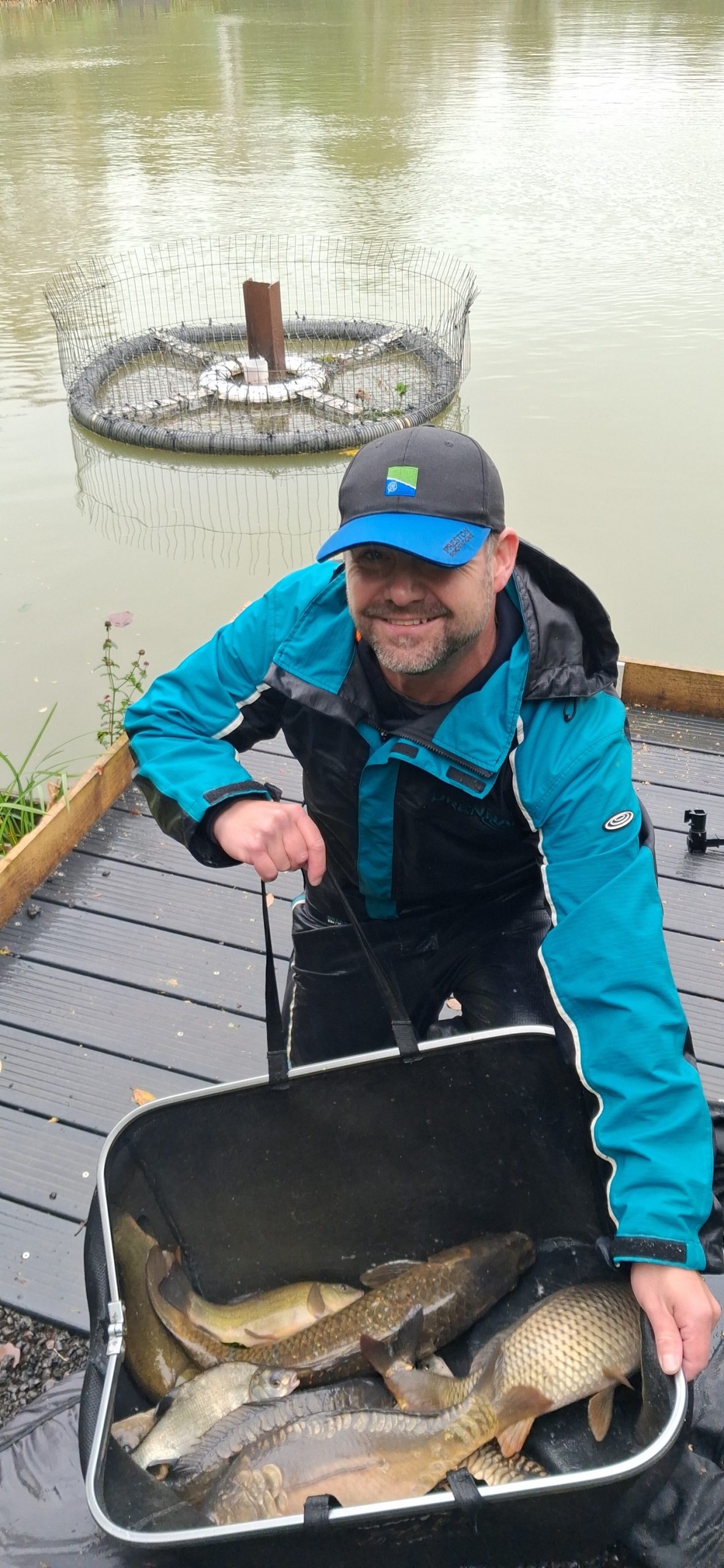
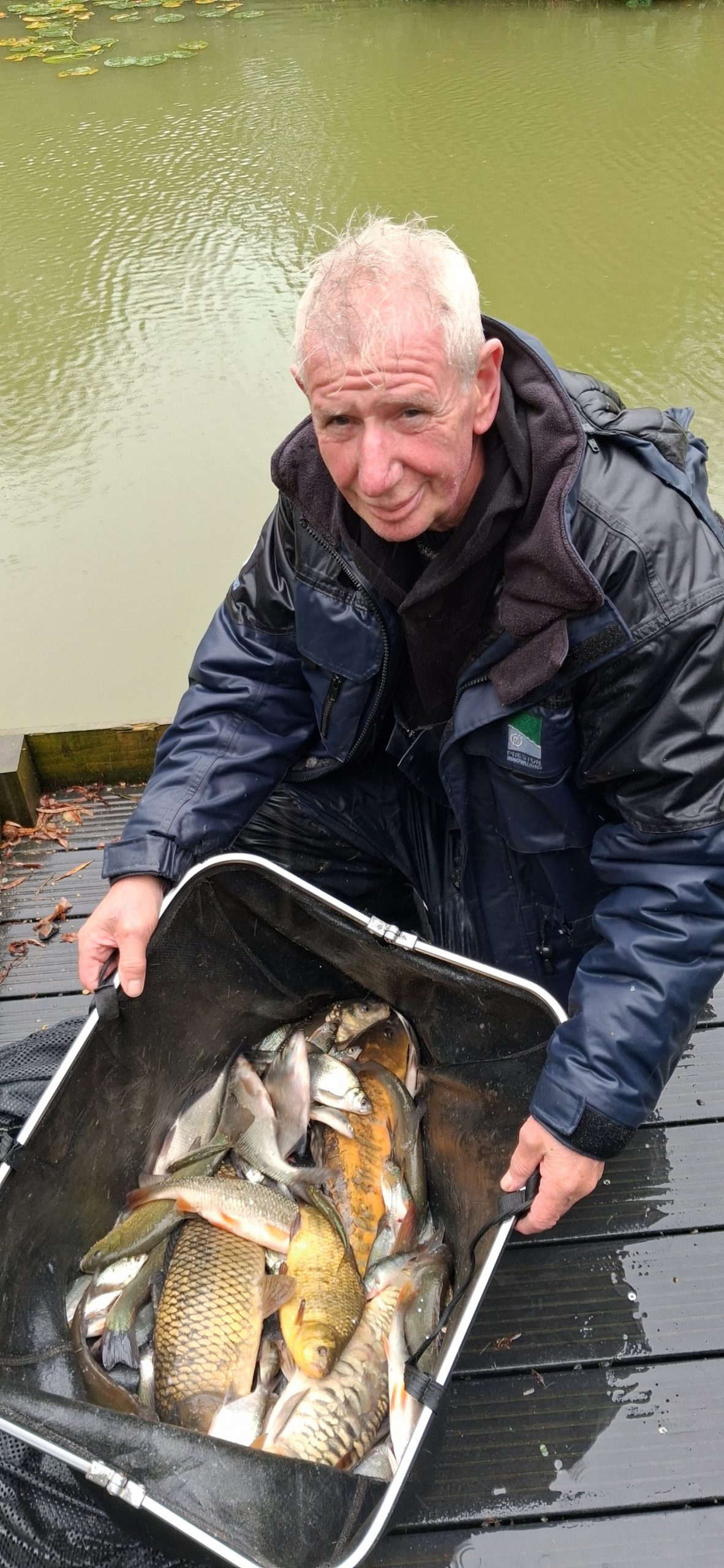
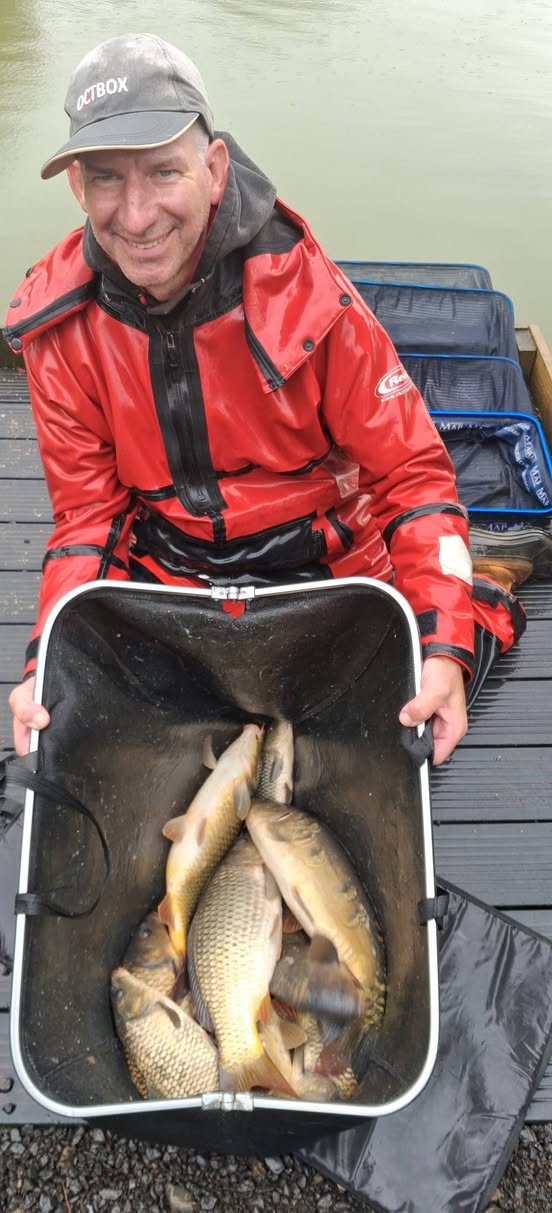
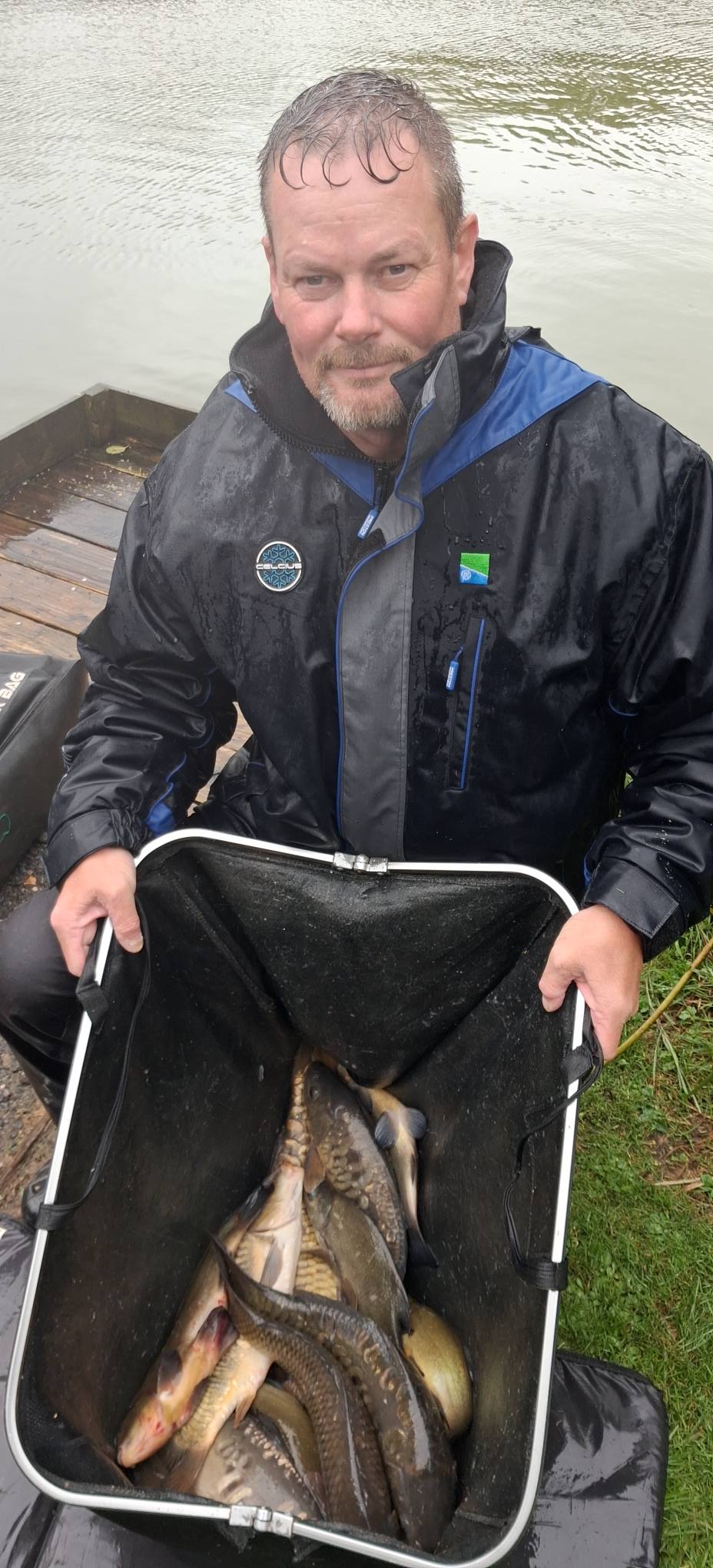
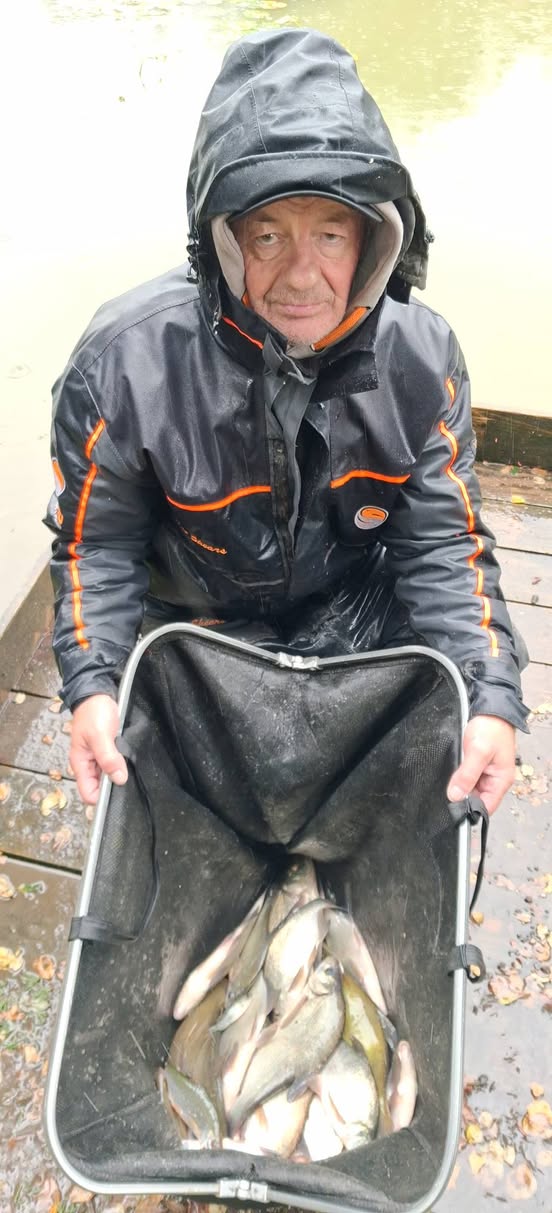
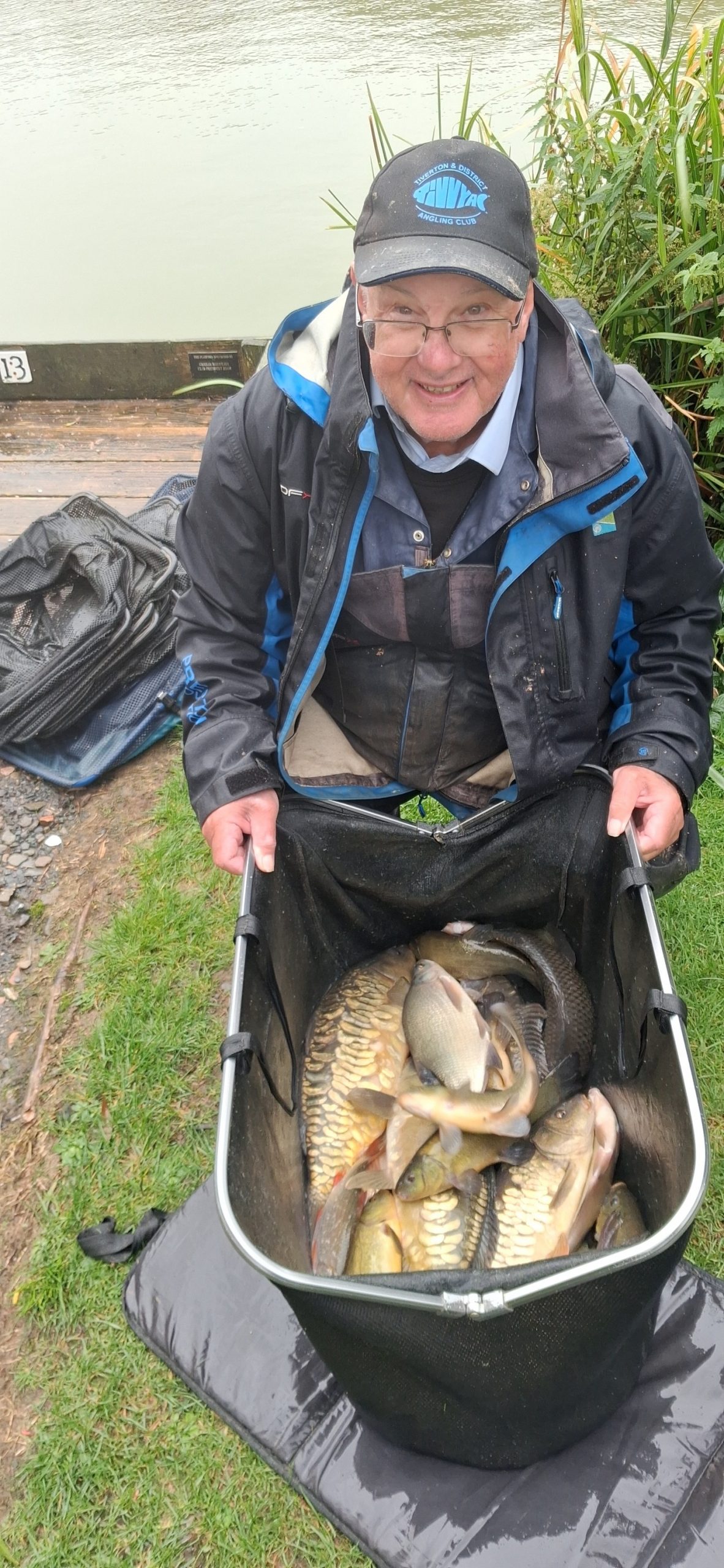
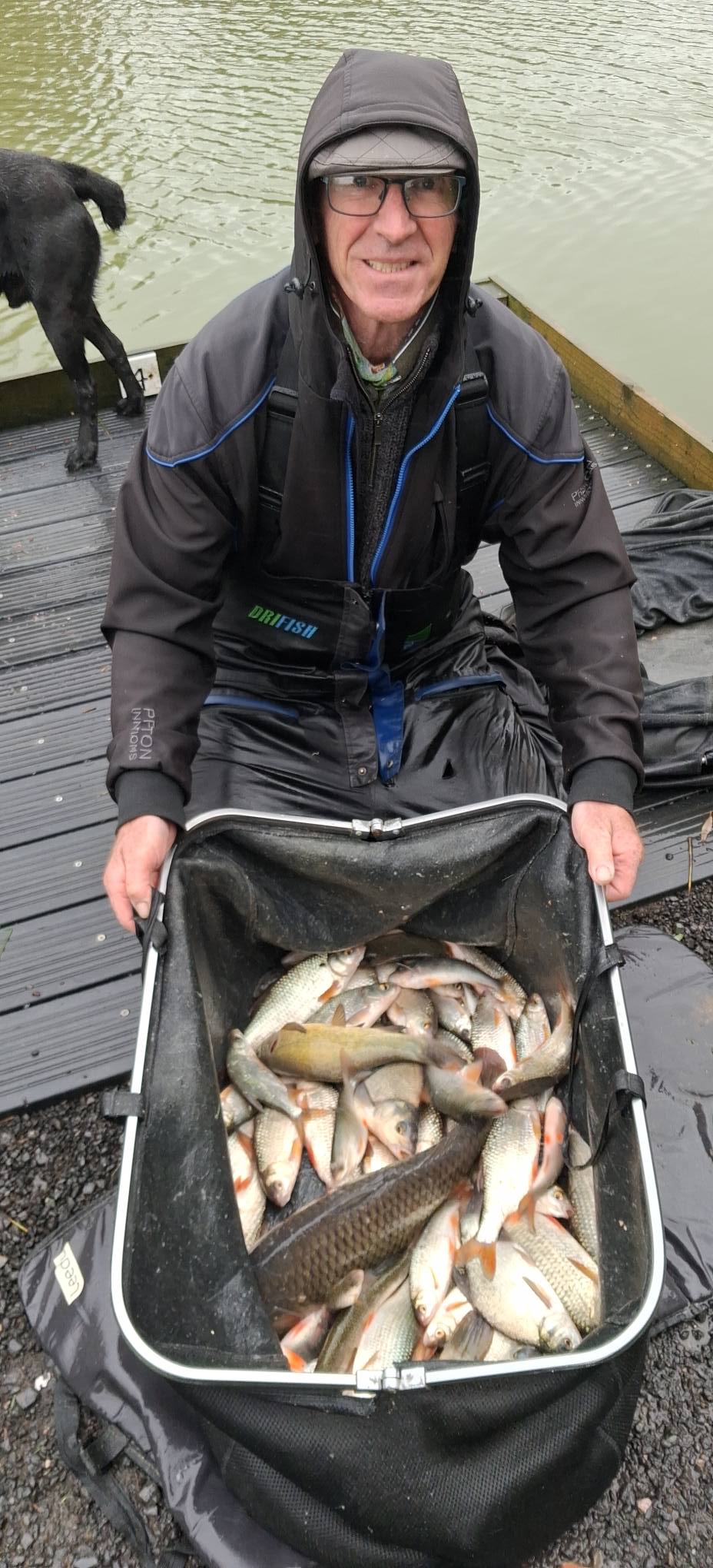
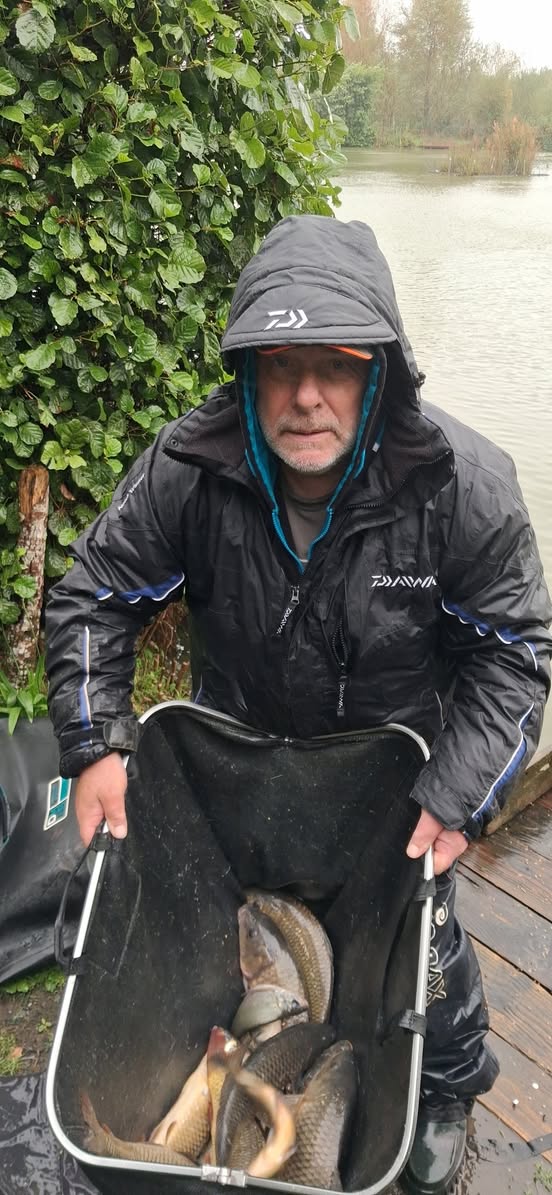

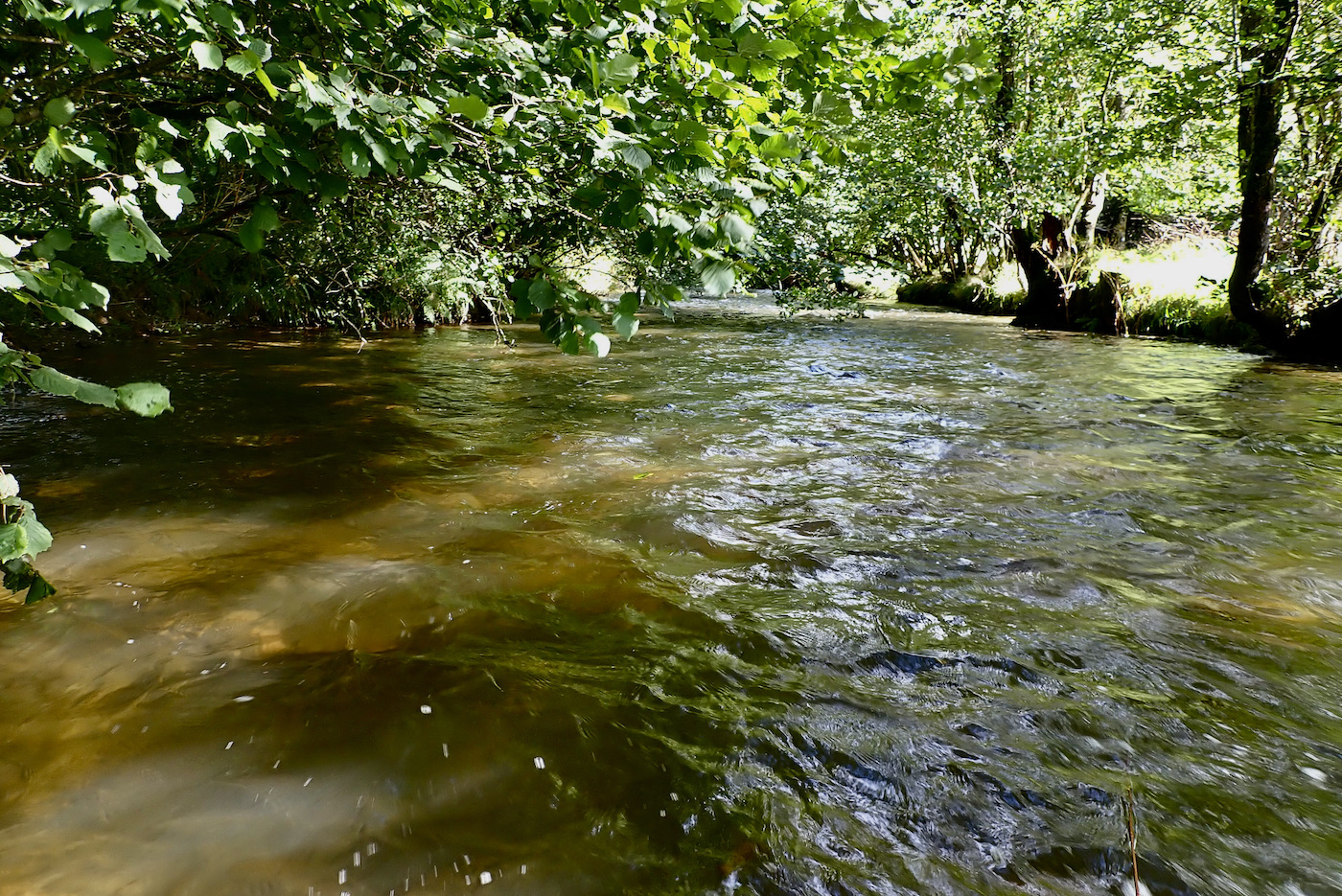
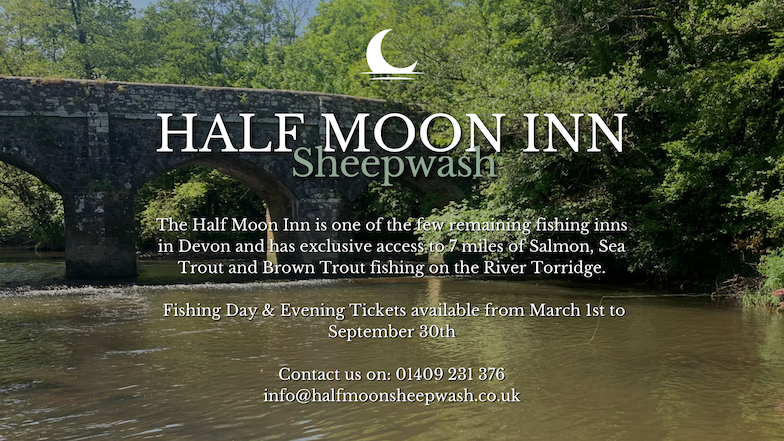 http://www.halfmoonsheepwash.co.uk
http://www.halfmoonsheepwash.co.uk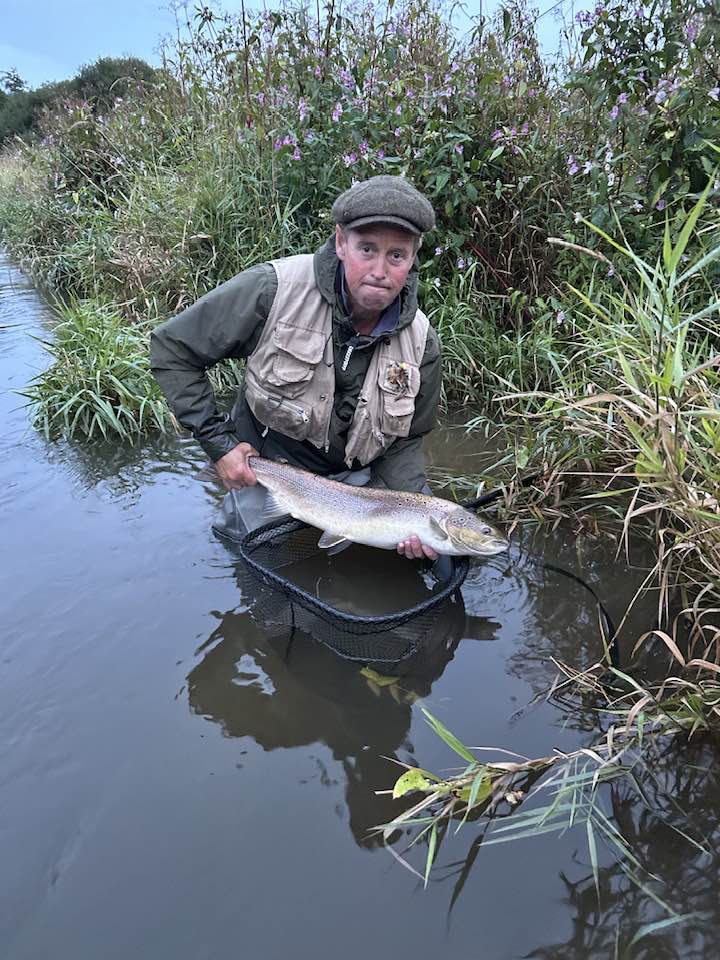



BIDEFORD SECURE IMPRESSIVE WIN OVER PLYMOUTH
Bideford & District Angling Club secured an impressive victory against Plymouth and District Angling Club at Bake Lakes. Bideford totalled weight was 147lb 6oz with Plymouth only managing 35lb 14oz. The individual winner on the day was Bideford’s Craig Lamey. The combined weight totals after the two legs were Bideford 447lb15oz to Plymouth’s 150lb 12oz.
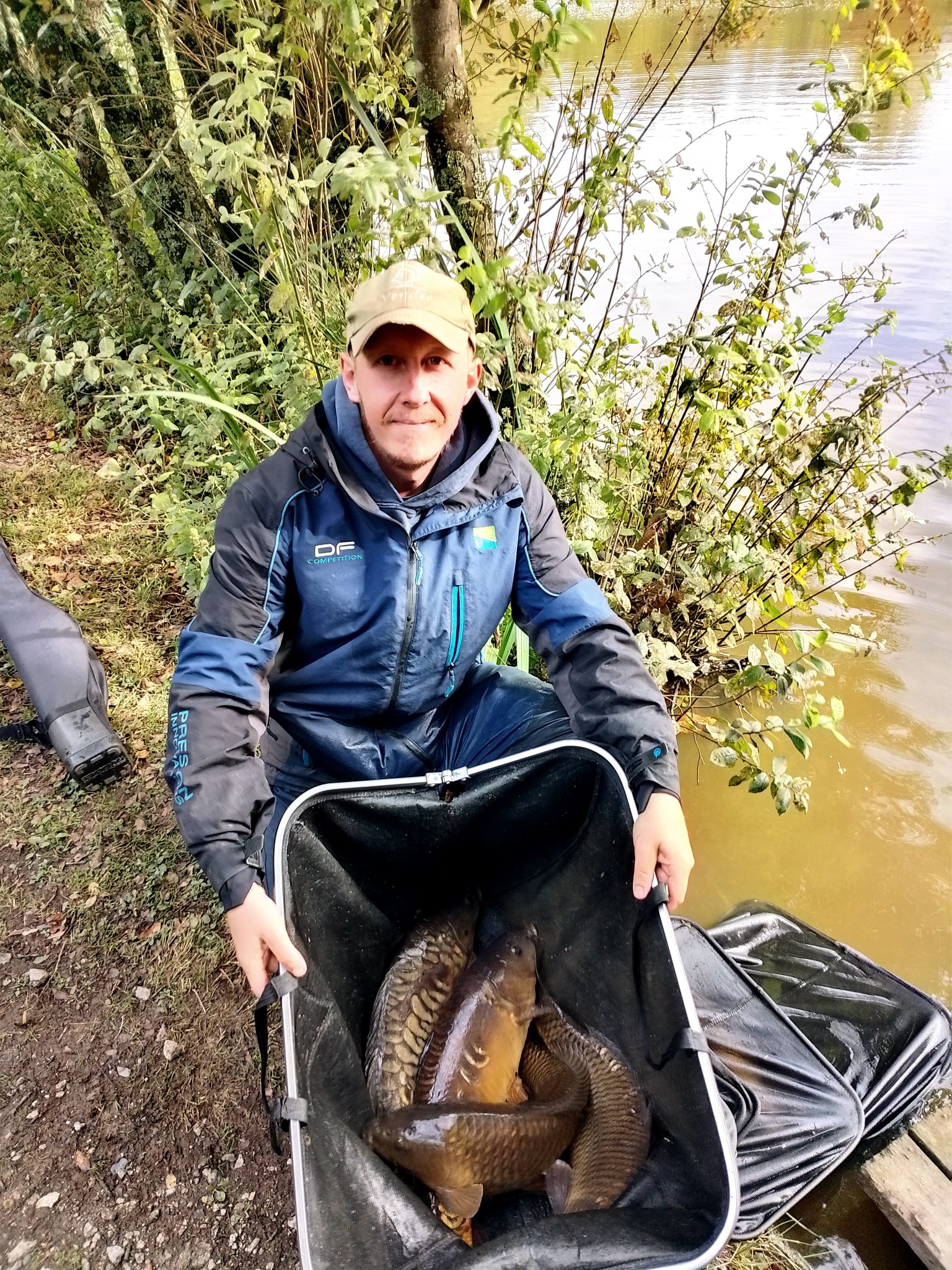
42lb carp – Stafford Moor
Scott Cowling banked a fine mirror carp of 42lb whilst fishing Stafford Moor’s Lodge Lake. The venue also produced eight fish for Rob Gibbon and his friends the biggest 36lb.
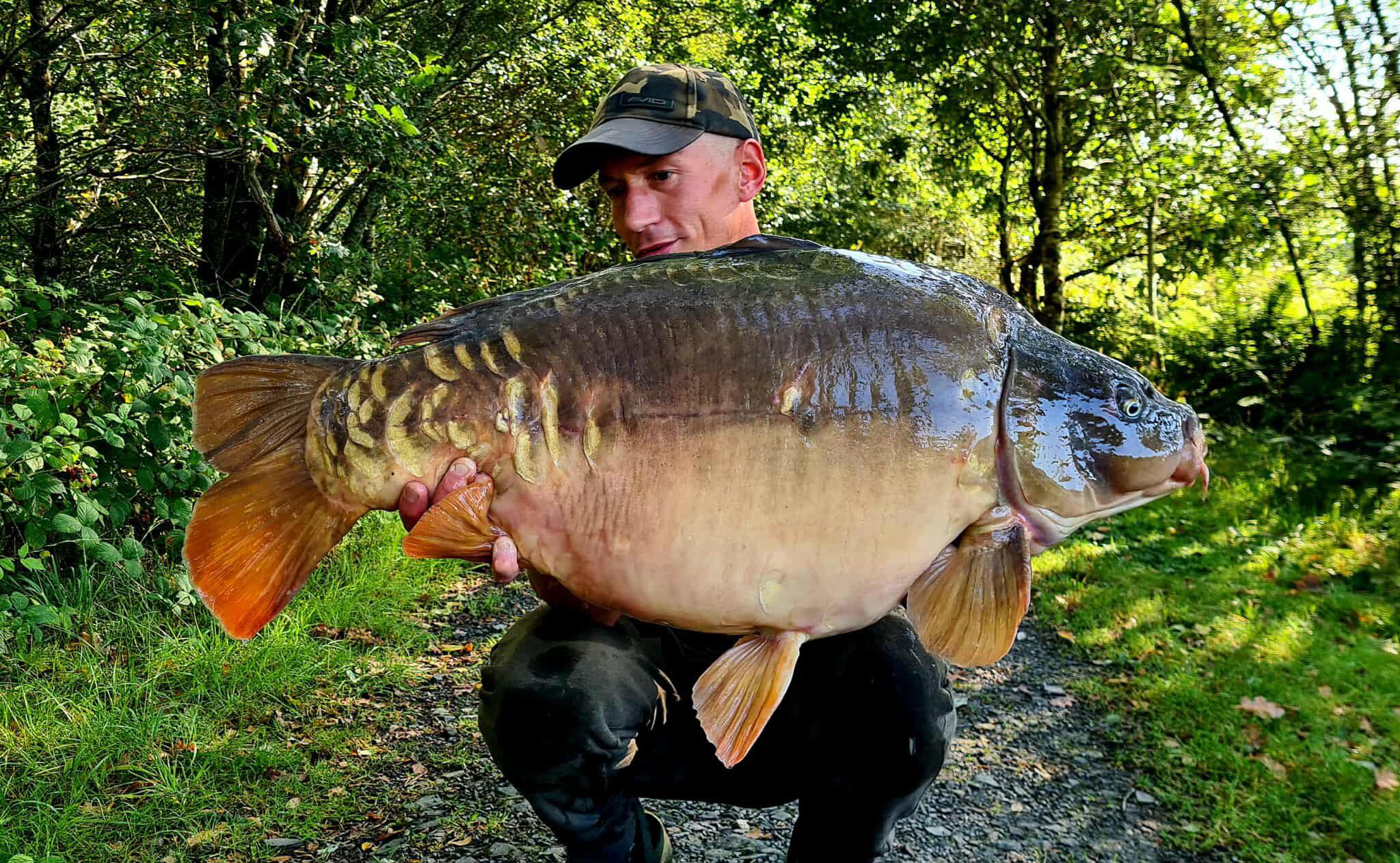
Smoothound Dominate
Smoothound dominated Bideford Angling Clubs monthly sea rover with Stephen Found landing a fine specimen of 14lb 10oz. Andrew Clements was runner up with a thornback ray of 9lb 2oz. Dale Kiff and Jenson Kiff took the remaining places with smoothound scaling 9lb 11oz, 9lb 9oz, 8lb 1oz and 7lb 4oz.


Bass Wins Appledore Rover
Michael Hammett took top spot in Appledore Shipbuilders rover with a bass of 4lb 5oz.
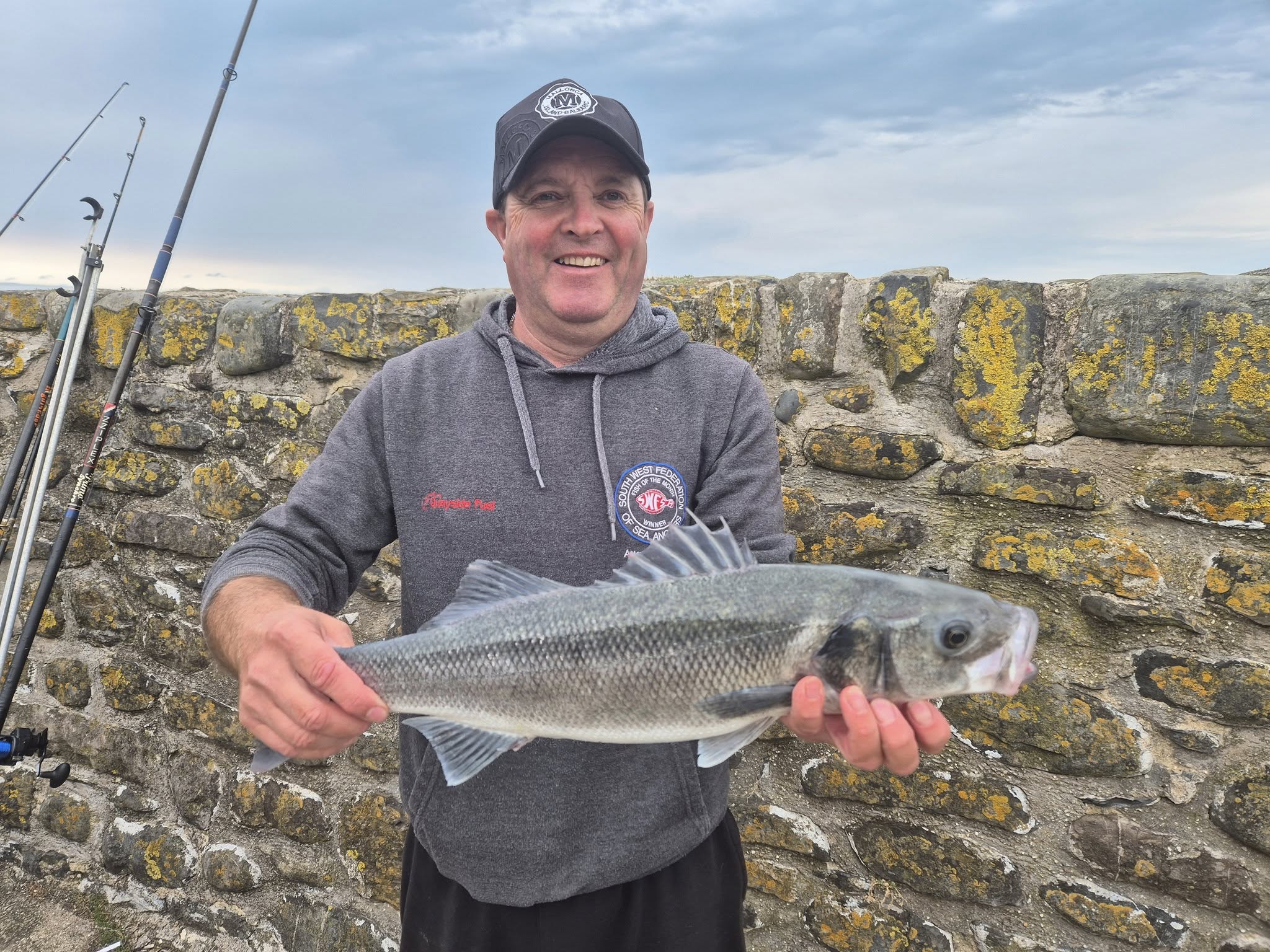
Triggerfish wins CMSAC Competition
Kevin Legge won Combe Martin SAC’s rover with a specimen triggerfish scaling 3lb 15oz. I took second and third place with thick lipped grey mullet of 4lb 14oz and 4lb 1oz.
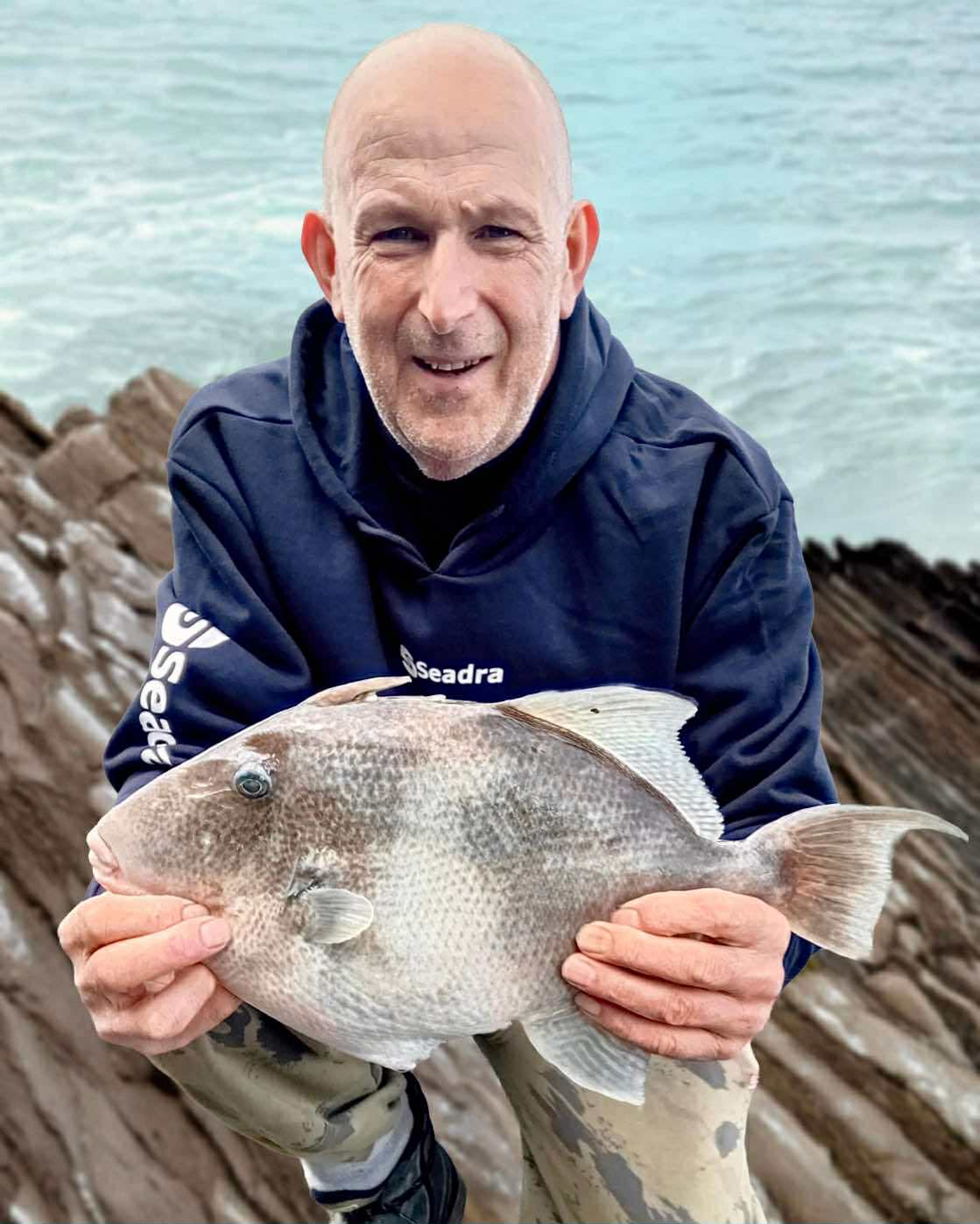
Trevor Telling Memorial 2025
The Annual Trevor Telling Memorial Competition at Wimbleball was won by Colin Combe who boated five trout for a total weight of 12lb 8.5oz. The bank trophy was won by Roger Truscott who banked three trout for 5lb 12oz. The prizes were presented by well- known and respected fly fishing writer and instructor Peter Cockwill. All monies raised go to the Exeter Hospice Care Team.
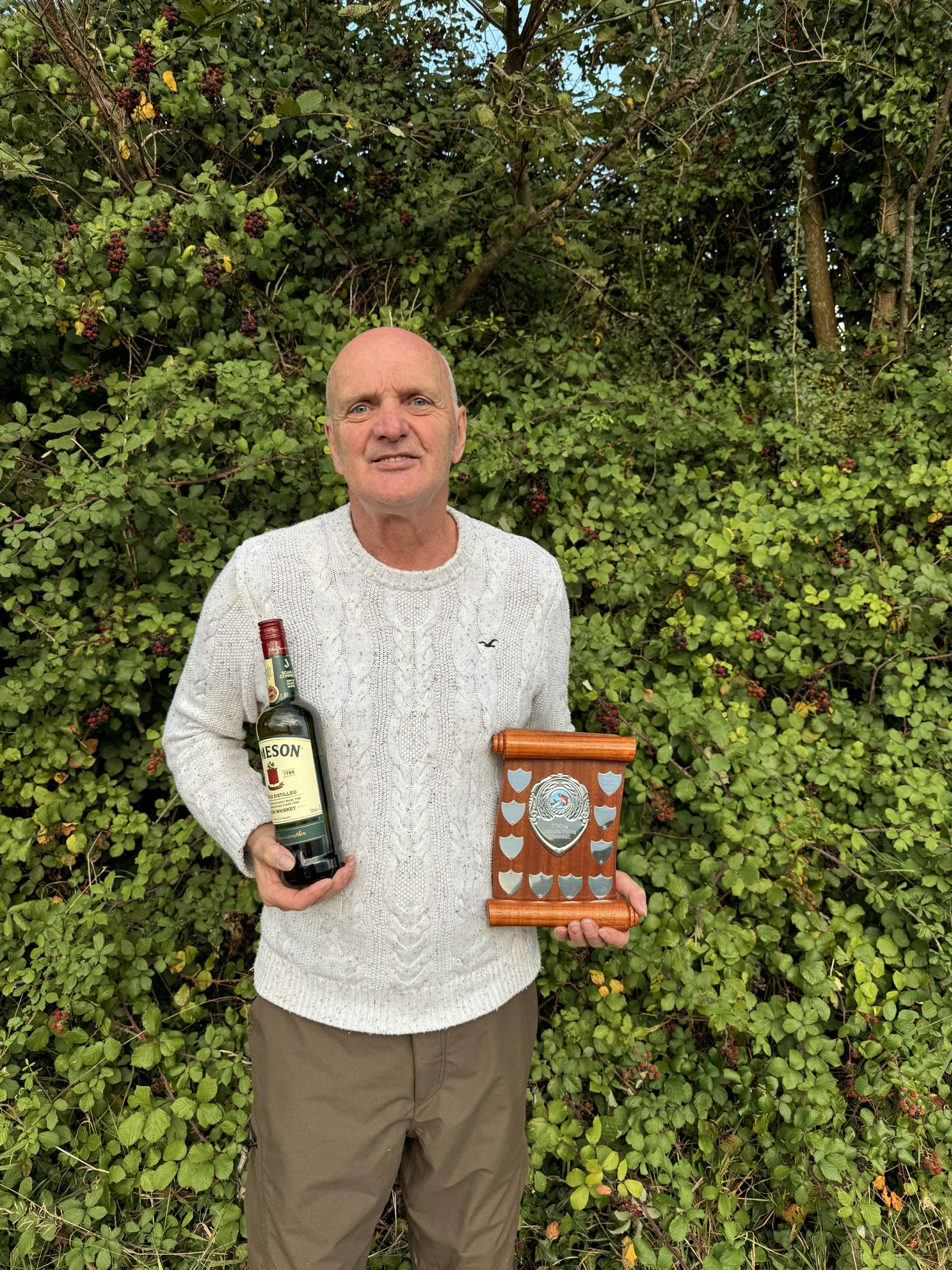
As water levels at local reservoirs recover and water temperatures drop trout sport is expected to improve with late September and October often providing some of the seasons best sport.
RAIN BRINGS HOPE OF SILVER
Heavy rain showers have brought hope that salmon will move into North Devon’s rivers bring a late flourish to what has been a poor season with drought conditions dominating throughout the summer.

FLOUNDER FISHING SEASON
Late September is the traditional start of the flounder fishing season and competitions are already planned for the coming months. The Barnstaple Bait & Tackle Dan Miles Memorial Open Competition is on Sunday November 30th and is proving a popular event with over 100 entrants in last year’s event. All proceeds go to Children’s Hospice South West Little Bridge House, Fremington.
